 Abraham Lincoln
If given the truth, the people can be depended upon to meet any national crisis...
Abraham Lincoln
If given the truth, the people can be depended upon to meet any national crisis...
 Guildford news...
for Guildford people, brought to you by Guildford reporters - Guildford's own news service
Guildford news...
for Guildford people, brought to you by Guildford reporters - Guildford's own news service
Birdwatcher’s Diary No.269
Published on: 17 Dec, 2022
Updated on: 16 Dec, 2022
By Malcolm Fincham
By the meteorological calendar the first day of winter is always December 1. Coincidently and simultaneously temperatures were continuing to slide bringing our first notable frosts.
Fears of much colder weather plunging into the UK had begun to come to fruition as a light, east to north-east breeze drifted across the North Sea.
Further visits to Tice’s Meadow near Farnham allowed me a few more sightings of the great white egret that had been regularly visiting the reserve in recent weeks.
Also while idly observing, for the most part from panoramic vista of the waterside hide, numerous grey herons could be viewed often posing like statues around the water’s edge, only to suddenly spring to life and more often than not snatch a fish from the water.
A little more active were the three little egrets also present, often seen squabbling with each other as well as the grey herons.
In spite of its larger size, even the ‘great egret’ wasn’t immune to the occasional attack from a grey heron.
Personal sympathies, however, had to be with the various fish out in the water with little defence from their continuous sacrifice to the many herons and cormorants present.
Out on the water and dabbling in the shallows were at least six, mostly male, shoveler ducks.
While a good number of gadwalls, mostly still in pairs, could be seen within close view from the hide.
On both recent visits I had the fortune of seeing a green sandpiper flying close by in front of the hide and settling briefly in the shallow weedy stretch of water, just to the right of the hide.
To my surprise on my second visit was the appearance of one of the recently reported Dartford warblers there.
And to my amazement it perched up, close by, just long enough to photograph it in a leafless shrub, also on the west side of the hide.
On my decision to call it a day, I noticed half a dozen or so fieldfares perched up in the tree-line along the edge of the reserve.
On a smaller stretch of water nearer to home, at Britten’s Pond, Whitmoor Common, in Worplesdon, on December 7, one of the two juvenile great crested grebes from my previous report were still present.
While I also recorded my first winter sighting of a little grebe there.
Just a few days later, on December 11 however, both the great crested and little grebe had both moved on. The pond was by then almost totally frozen over.
A blackbird perched on a branch of a frost-covered hawthorn.
To my amazement, and for the first time I can recall, I found I was the only person there.
I took a circular stroll around the pond with just myself for company and surrounded by chilled air, shrouded by a grey misty stillness.
Taking in the ambiance and tranquilly, I took a few scenic shots hoping to capture its atmosphere and showing the absence of colour.
The only things moving were a few of the 40 or so black-headed gulls across the icy water. While a lone lesser black-backed gull could be viewed on the ice.
The four resident mute swans gracefully grazed by one of the islands that remained still partially ice free.
Surprisingly, the kingfisher was still present and stubbornly holding its territory despite just a few places left to fish.
Arriving back at the car park one of the numerous robins I had seen on my walk perched up on a frost-covered twig.
Like me, he looked down, intrigued by a nuthatch feeding on the ground within its territory by one of the fishing swims.
Elsewhere on my travels during the first week of the month I made few more visits to Farlington Marshes, near Portsmouth, this in the hope of getting a few more species to add to this year’s photo collection.
Among the delights, and most notable now, were the large groups of brent geese. Massing in flocks of well in excess of 500 wintering in and around the reserve.
A staggered group of 20 or so avocets could be viewed on the main inland lake from the viewing point.
Looking out from the seawall across Langstone Harbour, small groups of dunlin probed the shallow waters of what was a rapidly rising tide.
Curlews, with their longer bills, probed deeper into the brine, seeking food.
And a small group of black-tailed godwits flew in and settled.
Various other common waders included oystercatchers.
And a few turnstones.
Out in the deeper water pintail ducks could be seen.
While both out in the harbour and on the inland reserve other species of duck, including
Teal.
Shoveler.
And wigeon, resided.
Several Cetti’s warblers could be heard calling from various bushes and brambles, though only one briefly showed for a photo.
Looking inland across the salt-marsh several little egrets were observed.
A few meadow pipits.
And stonechats could also be viewed.
The highlights of the day were two species of bird that I hadn’t seen since early in the year. Two short-eared owls could be seen hunting in the ‘point field’
While further along the circular walk, a family of five Russian white fronted geese could be seen grazing on the salt-marsh.
Residing at the back of ‘the deeps’, and reported for several days after my visit, was a grey phalarope. A bird I hadn’t seen since September 27, 2020, coincidently at more or less the same location. https://guildford-dragon.com/
A second opportunity for a visit to Farlington Marshes came on December 10, this time with the addition of friends Bob and Dougal.
By then temperatures had continued to cool somewhat since my previous visit and most of the inland freshwater pools had almost completely frozen over.
Although the previously seen grey phalarope had moved on, I was still able to add a few new sightings and photos.
Although, as on previous recent visits, no bearded reedlings could be seen or heard in the phragmites reed beds. But several reed buntings could be viewed feeding on the seed heads.
While below them a few sleepy looking common snipe tucked themselves away at the base of the reed stems.
The Dartford warbler reported, but not seen by me on my previous visit, on this occasion made an appearance for a photo opportunity. Wisely it had set up residence in the slightly warmer coastal region away from its natural habitat.
We also had the fortune to pick out the recently reported black brant among the hundreds of brent geese that resided there after their winter pilgrimage from their summer breeding grounds of Siberia.
Unlike brent geese, black brant breed in Alaska and usually winter in Baja, California. This form has a very contrastingly black and white plumage, with a black head, neck, and breast, uniformly dark sooty-brown back, pale flanks it also has larger white neck patches, forming a near-complete collar.
Looking inland across the salt marsh the resident barnacle goose could still be viewed alongside its long term white feral goose companion.
Several species of birds of prey were also present and active, including a marsh harrier hunting across the reed beds.
A peregrine flying overhead and out to sea.
And several kestrels around the reserve. One of which I managed to capture in flight just beyond the seawall.
Along the concrete wall I also added a rock pipit to the day list.
Looking out way across the harbour from the eastern wall in the direction of Hayling Island, too distant to photo but with the assistance of Dougal’s ‘scope’ we were also able to pick out 20 common scoter, four black-necked grebes and several red-breasted mergansers.
Responses to Birdwatcher’s Diary No.269
Leave a Comment Cancel replyPlease see our comments policy. All comments are moderated and may take time to appear. Full names, or at least initial and surname, must be given.
Recent Articles
- School Head Says There Should Be VAT Exemptions for SEN Kids
- SCC Leader Seeking Postponement of County Council Elections to Focus on Devolution
- Letter: Banning Cousin Marriages Would Be Wrong
- Column: Guildford’s MP Writes – Greener, Fairer, Thriving
- Deepcut To Become the First New Parish in Surrey This Century
- Notice: Run for Charity
- Letter: Happy New Year
- Mole Valley Best Place to Live in the South East
- ‘Truly Inspiring’ Musical Event Brings Generations Together
- Guildford to Gatwick Line to Close for Two Weeks to Allow Critical Upgrades


Recent Comments
- Ricky Sonn on Column: Guildford’s MP Writes – Greener, Fairer, Thriving
- Stephen Spark on Column: Guildford’s MP Writes – Greener, Fairer, Thriving
- David Wheeler on Football Pitches Approved as Part of Secretts Redevelopment
- Ben Paton on Letter: A Surge of Discontent Calls for Accountability and Change
- Barbara Ford on Letter: A Surge of Discontent Calls for Accountability and Change
- John Ferns on Letter: A Surge of Discontent Calls for Accountability and Change
Search in Site
Media Gallery
Dragon Interview: Local Artist Leaves Her Mark At One of England’s Most Historic Buildings
January 21, 2023 / No Comment / Read MoreDragon Interview: Lib Dem Planning Chair: ‘Current Policy Doesn’t Work for Local People’
January 19, 2023 / No Comment / Read MoreA3 Tunnel in Guildford ‘Necessary’ for New Homes, Says Guildford’s MP
January 10, 2023 / No Comment / Read More‘Madness’ for London Road Scheme to Go Ahead Against ‘Huge Opposition’, Says SCC Leader
January 6, 2023 / No Comment / Read MoreCouncillor’s Son Starts Campaign for More Consultation on North Street Plan
December 30, 2022 / No Comment / Read MoreCounty Council Climbs Down Over London Road Works – Further ‘Engagement’ Period Announced
December 14, 2022 / No Comment / Read MoreDragon Interview: GBC Reaction to the Government’s Expected Decision to Relax Housing Targets
December 7, 2022 / No Comment / Read MoreHow Can Our Town Centre Businesses Recover? Watch the Shop Front Debate
May 18, 2020 / No Comment / Read More




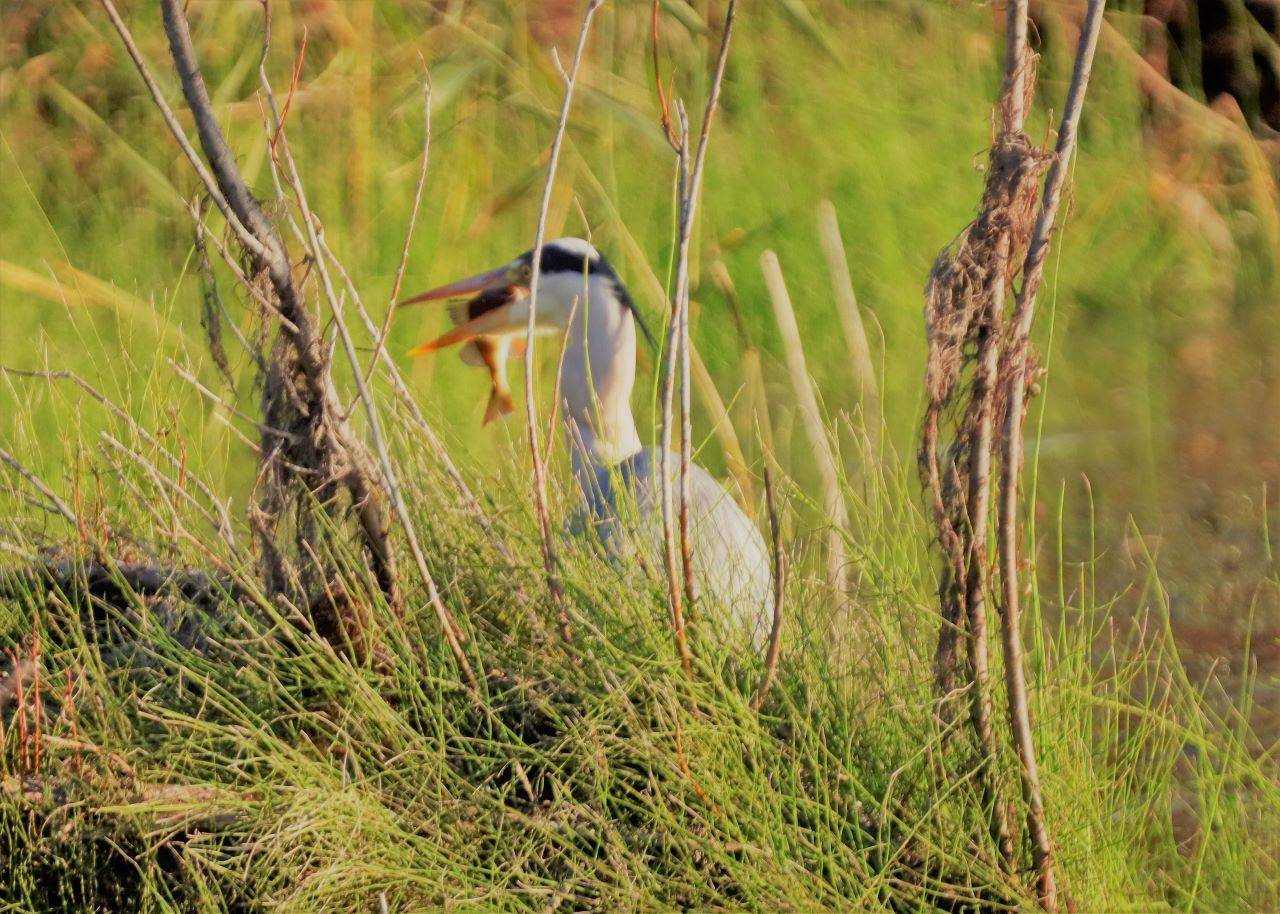
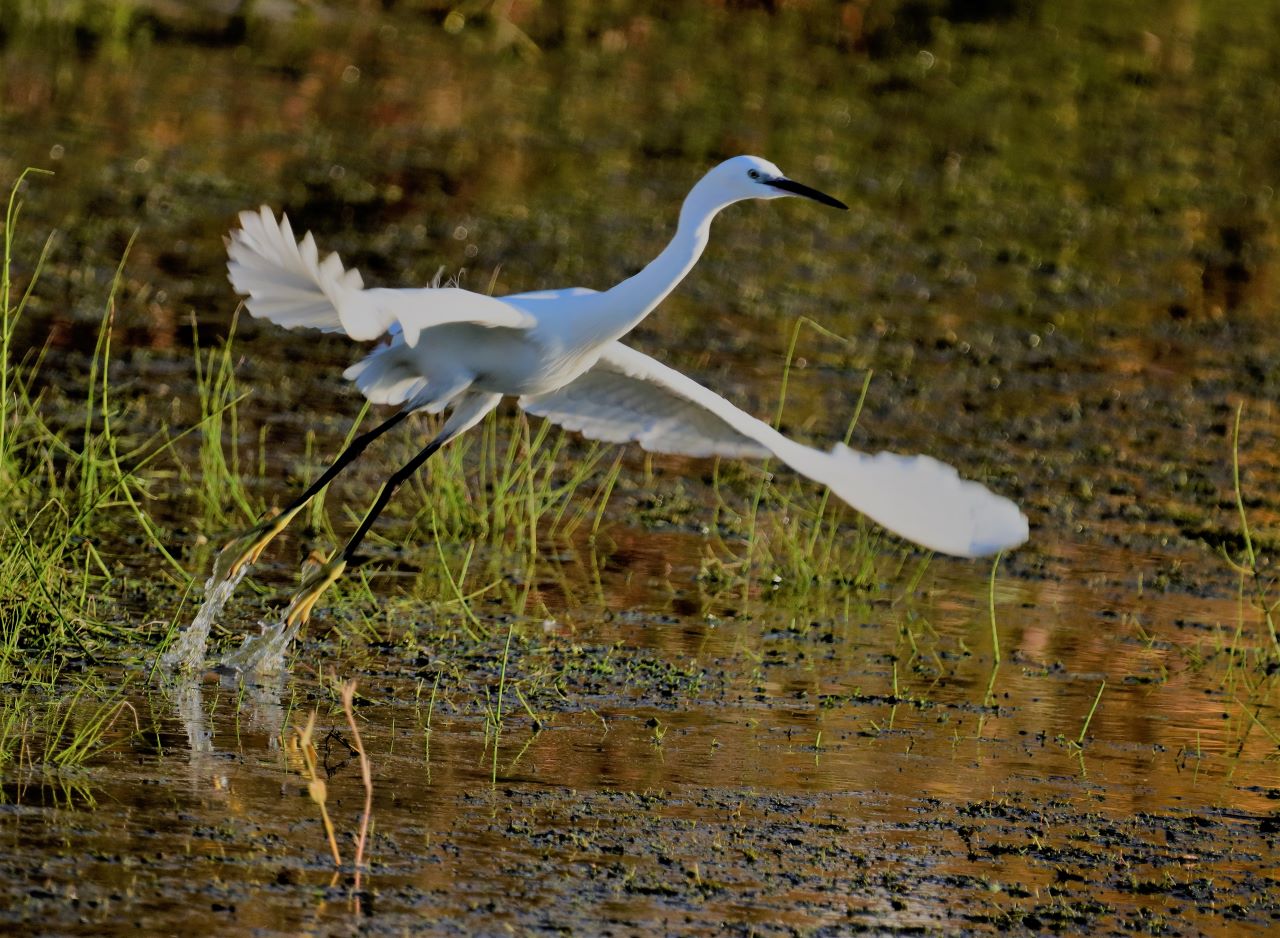
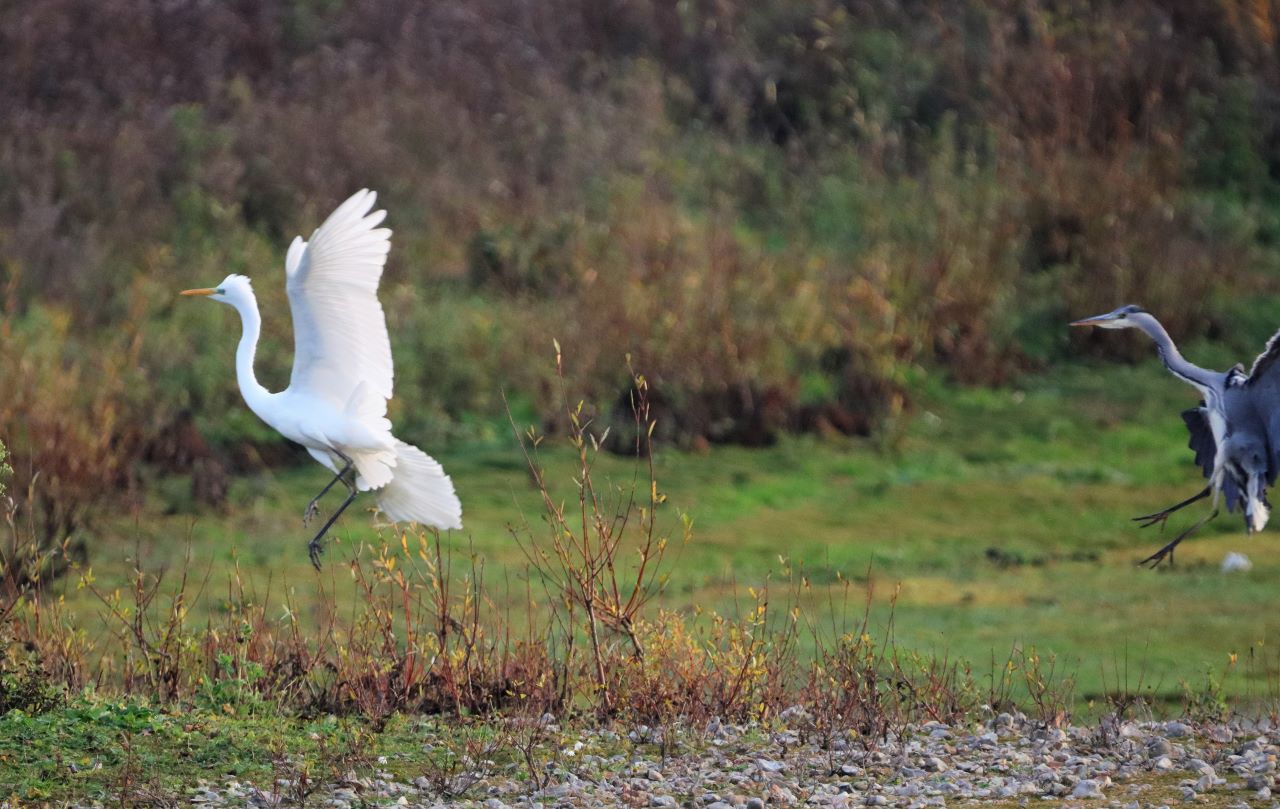

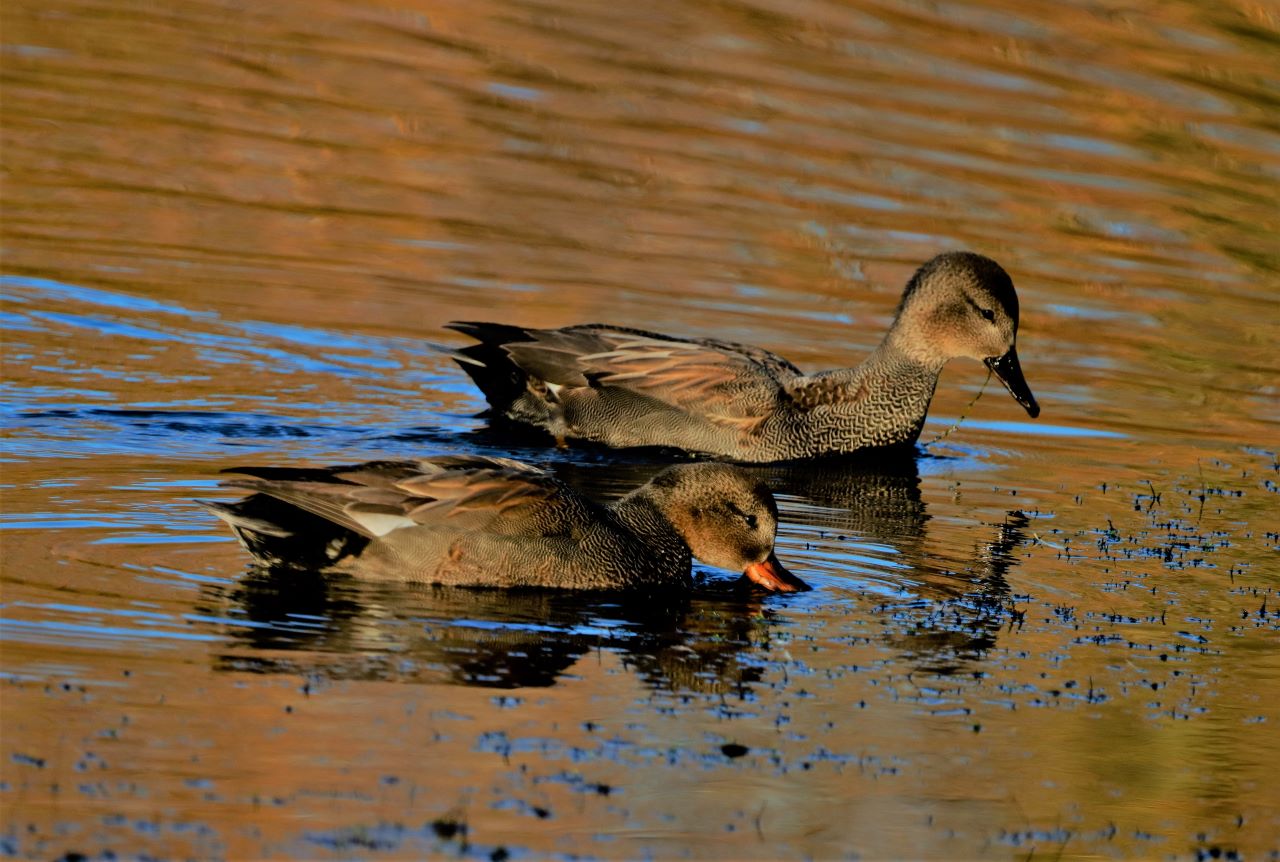
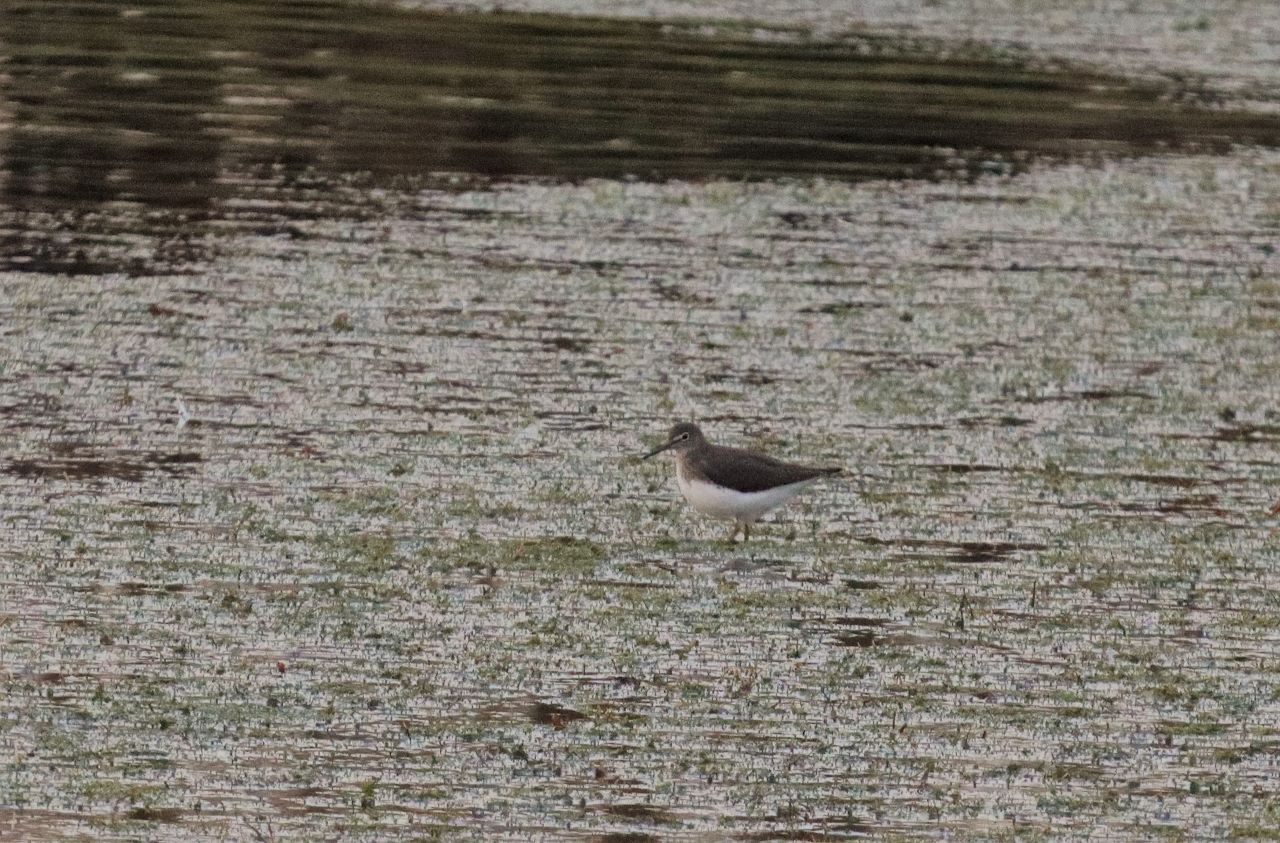
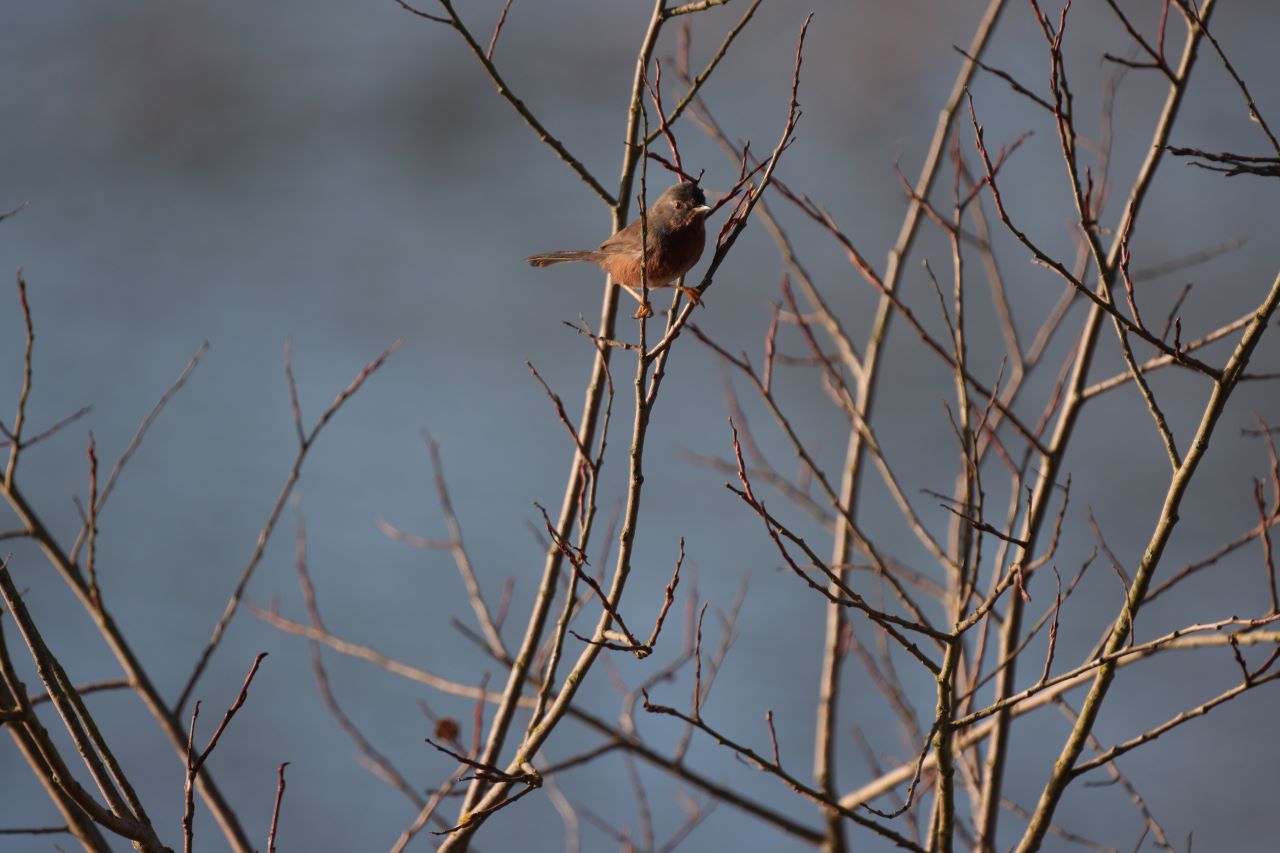

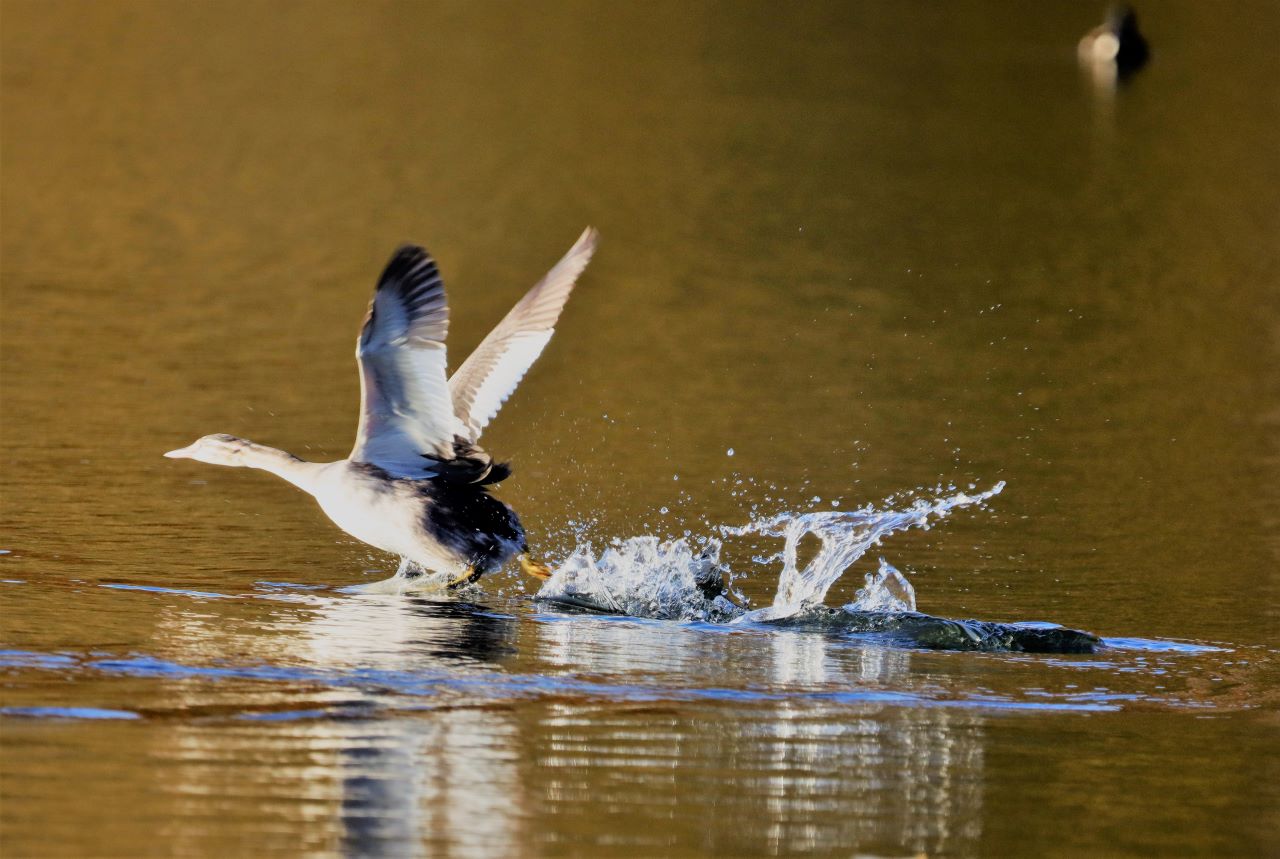
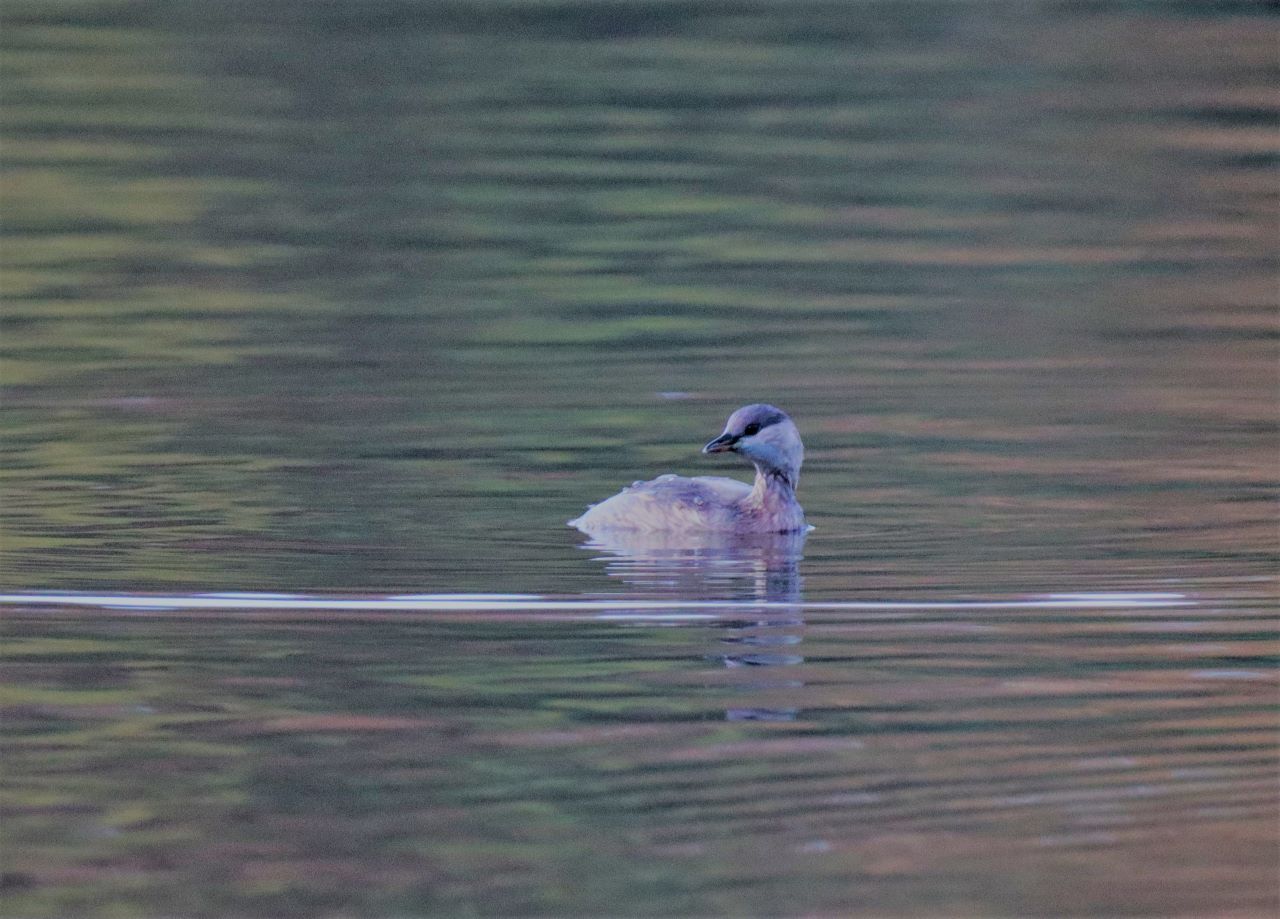
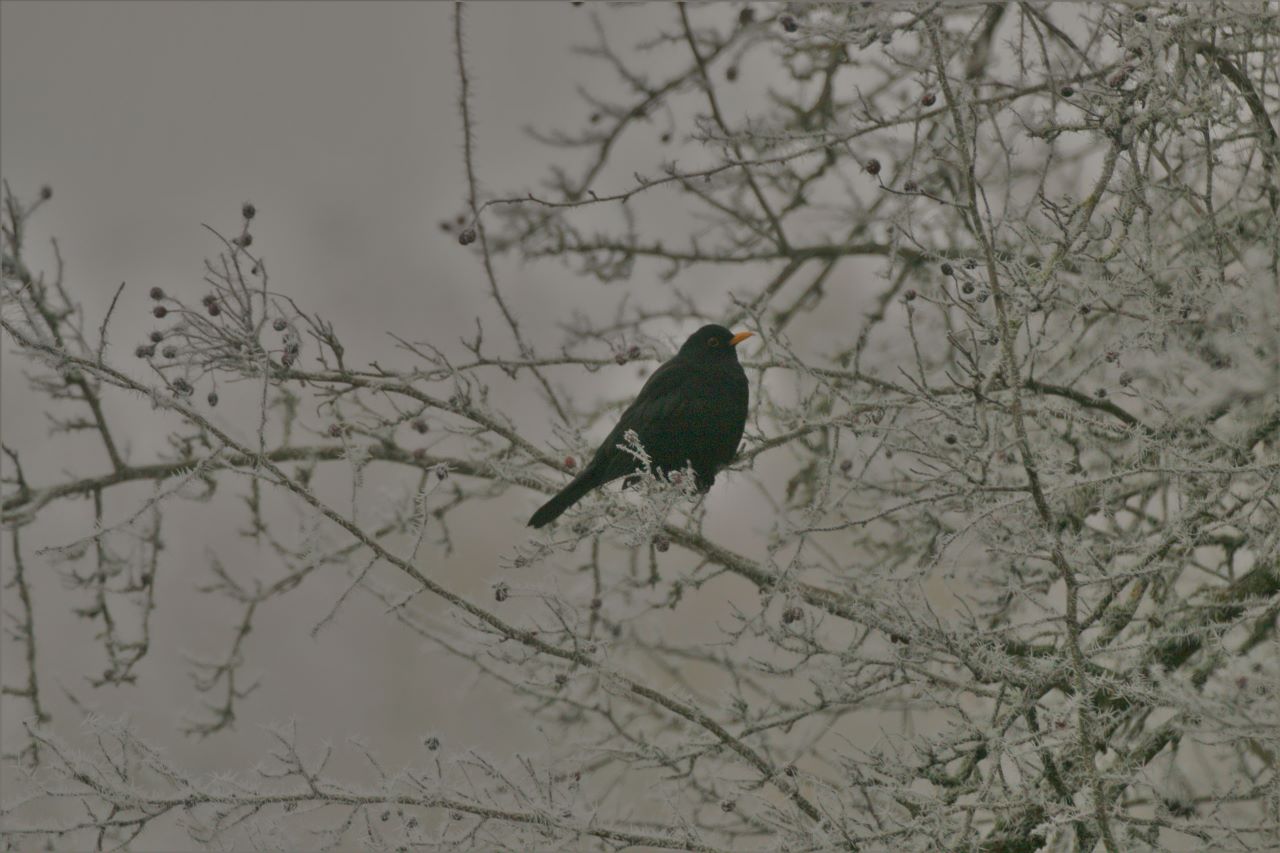
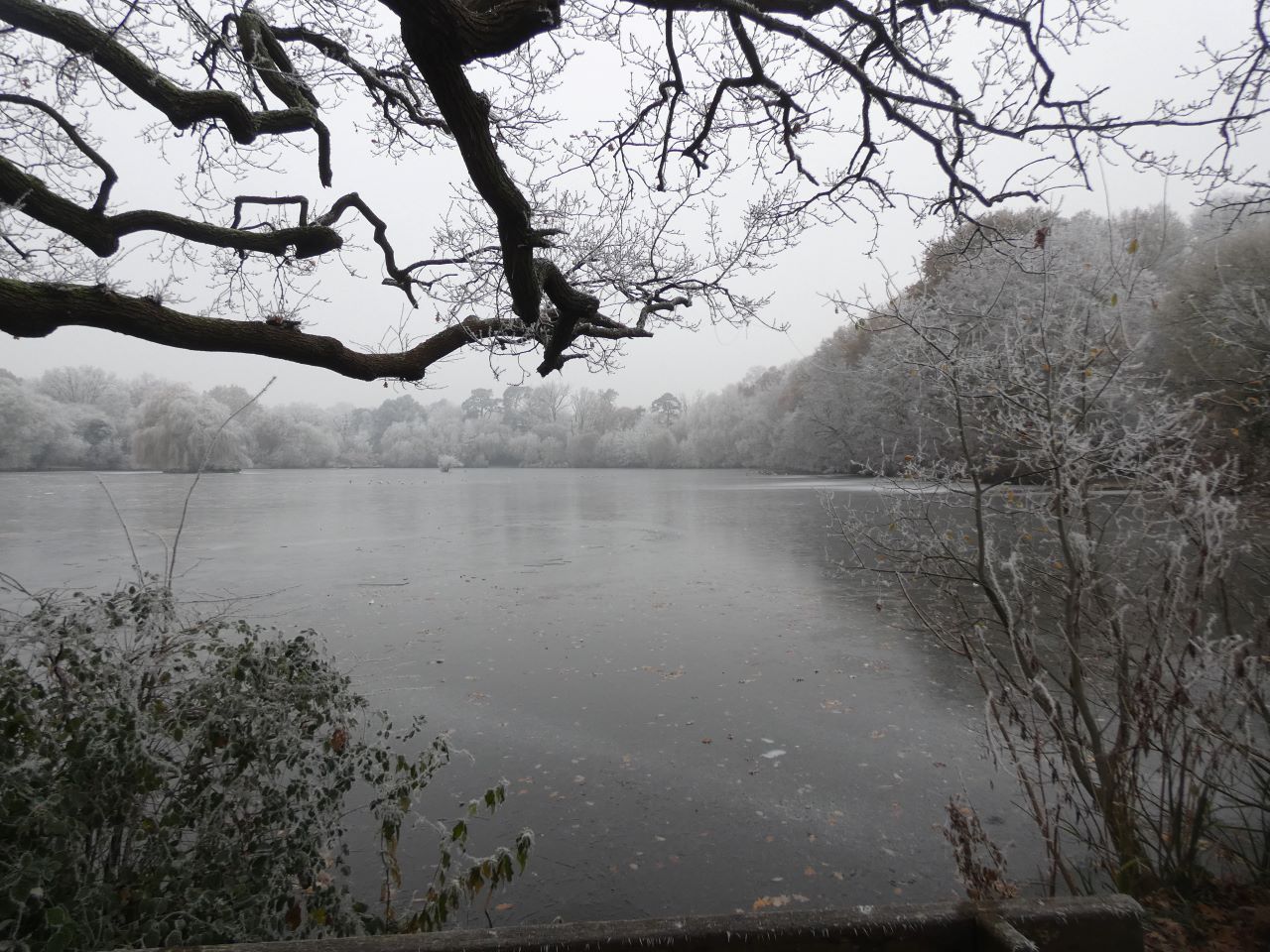

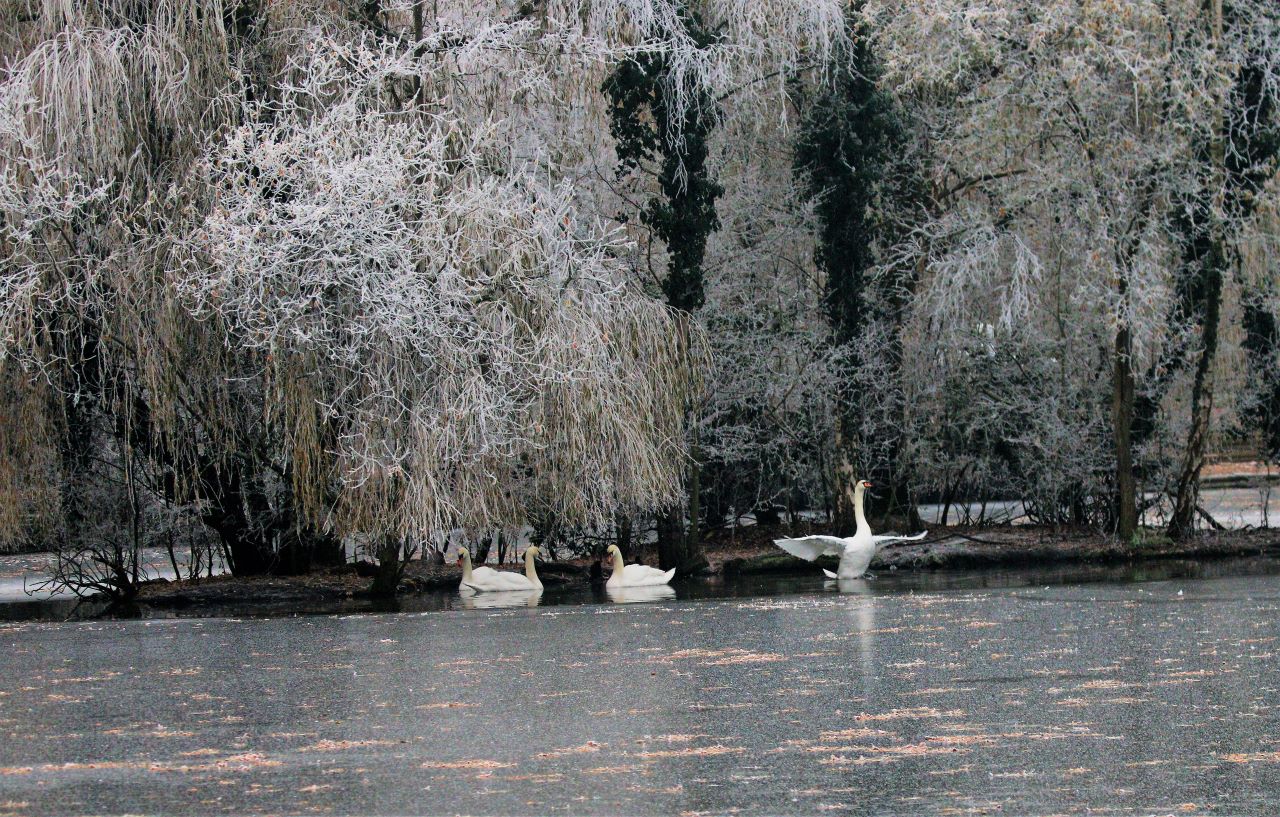
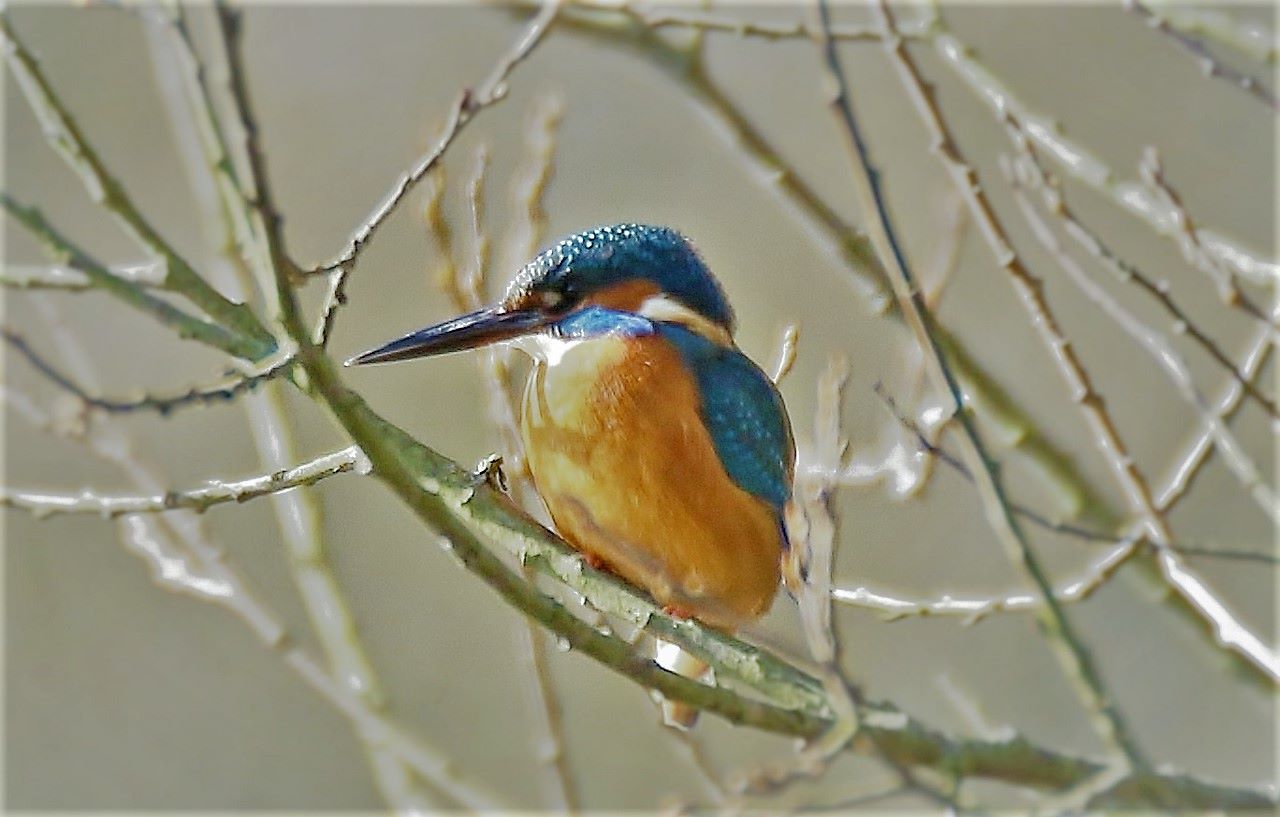
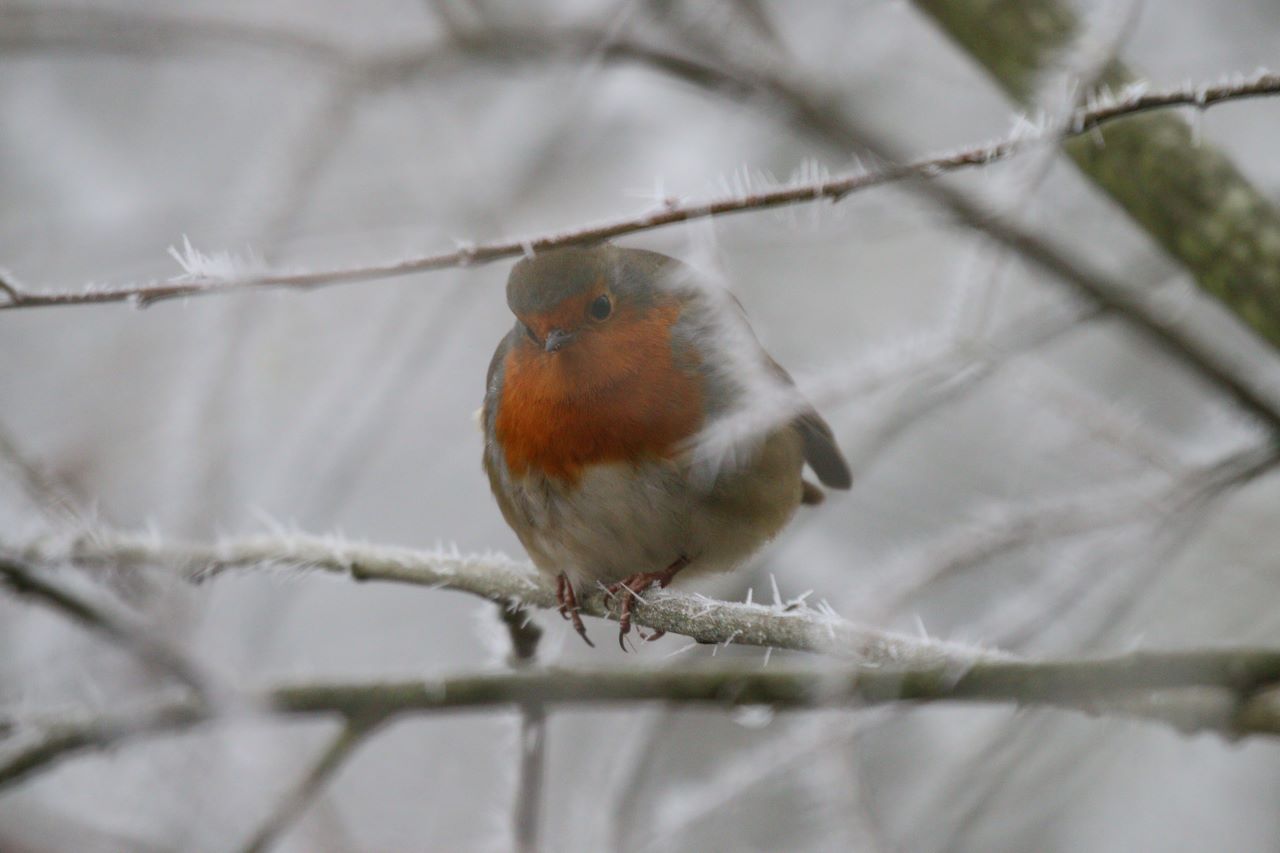
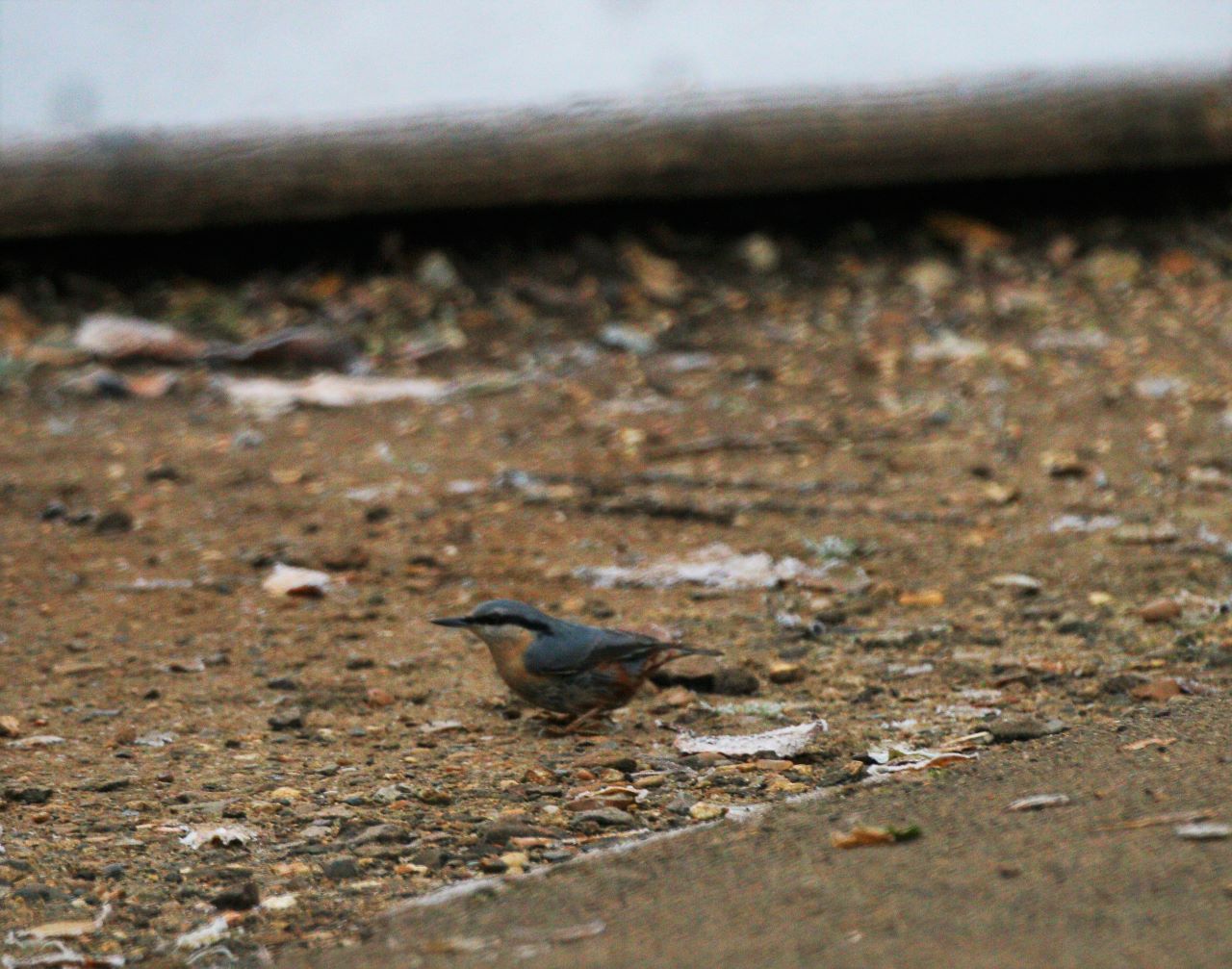


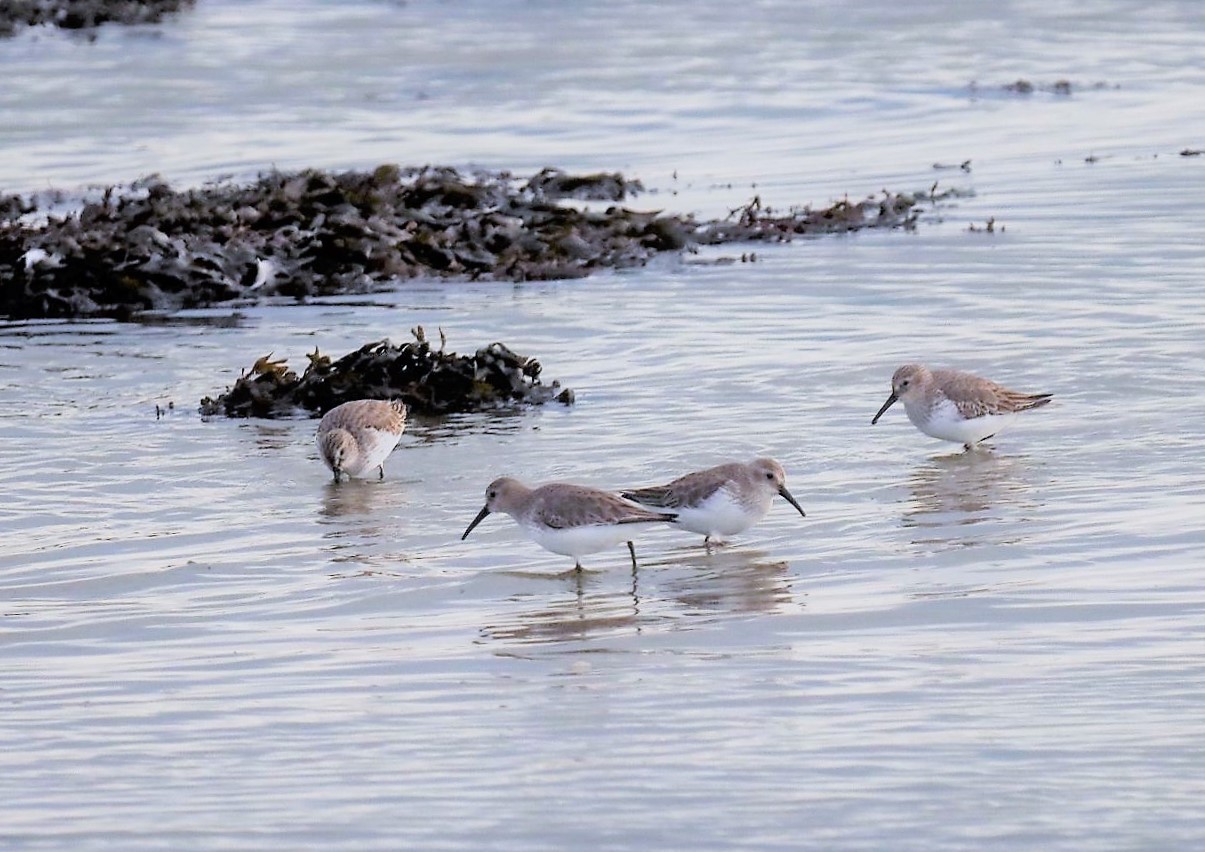

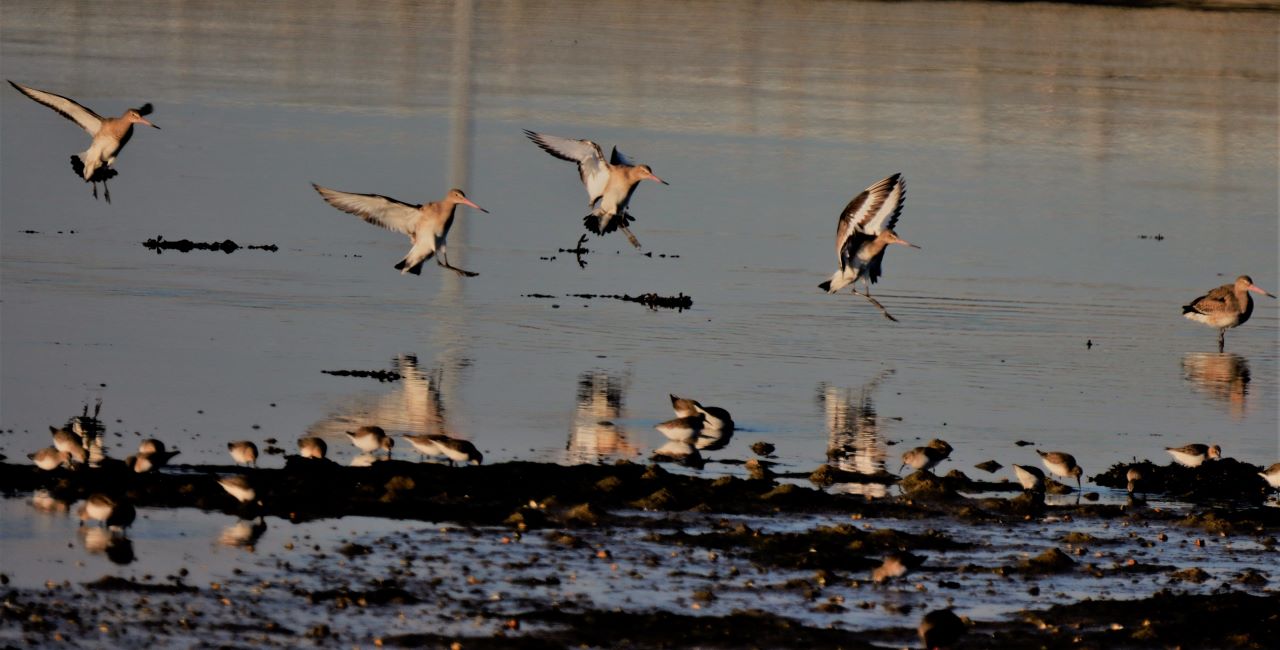

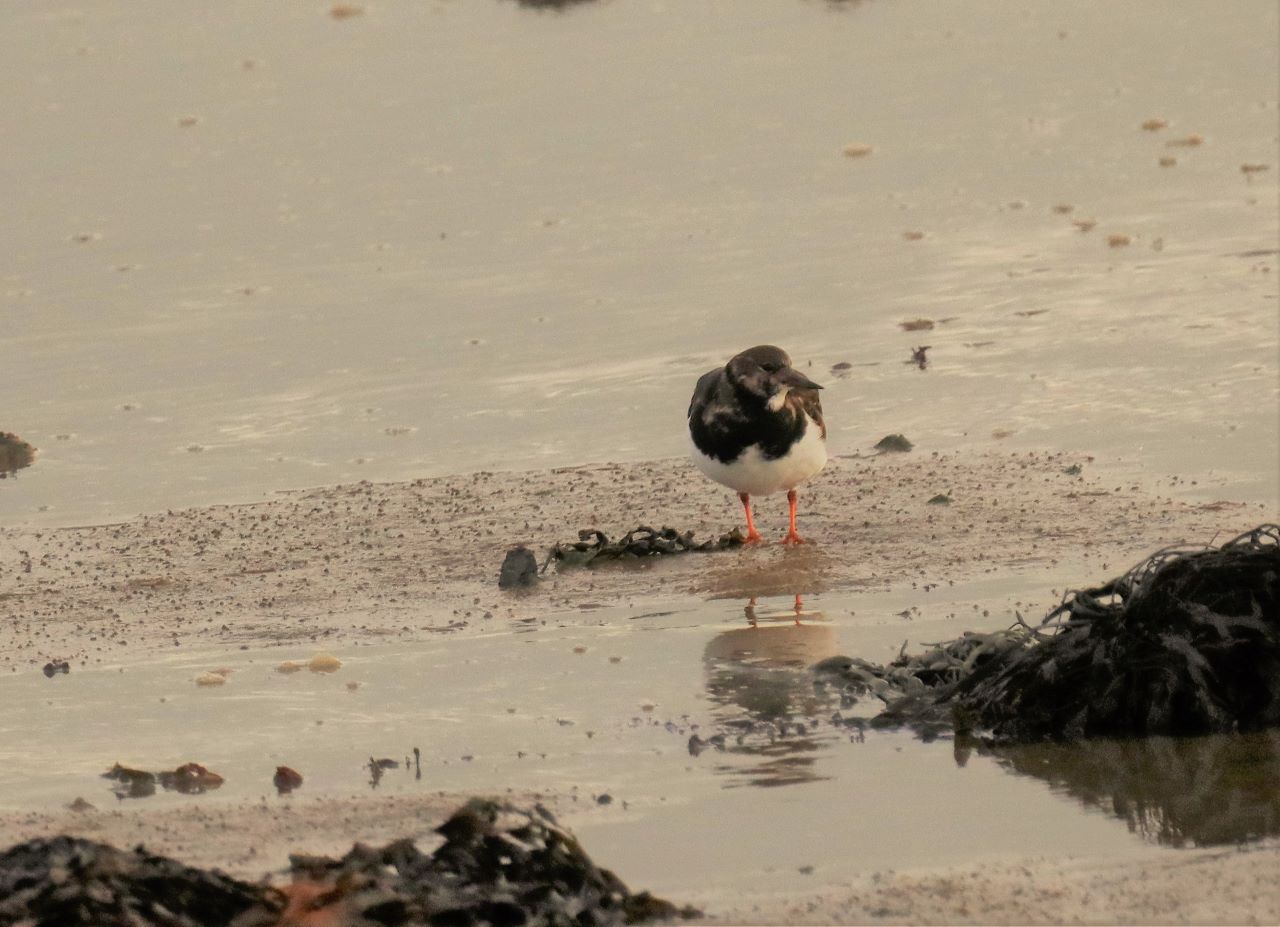
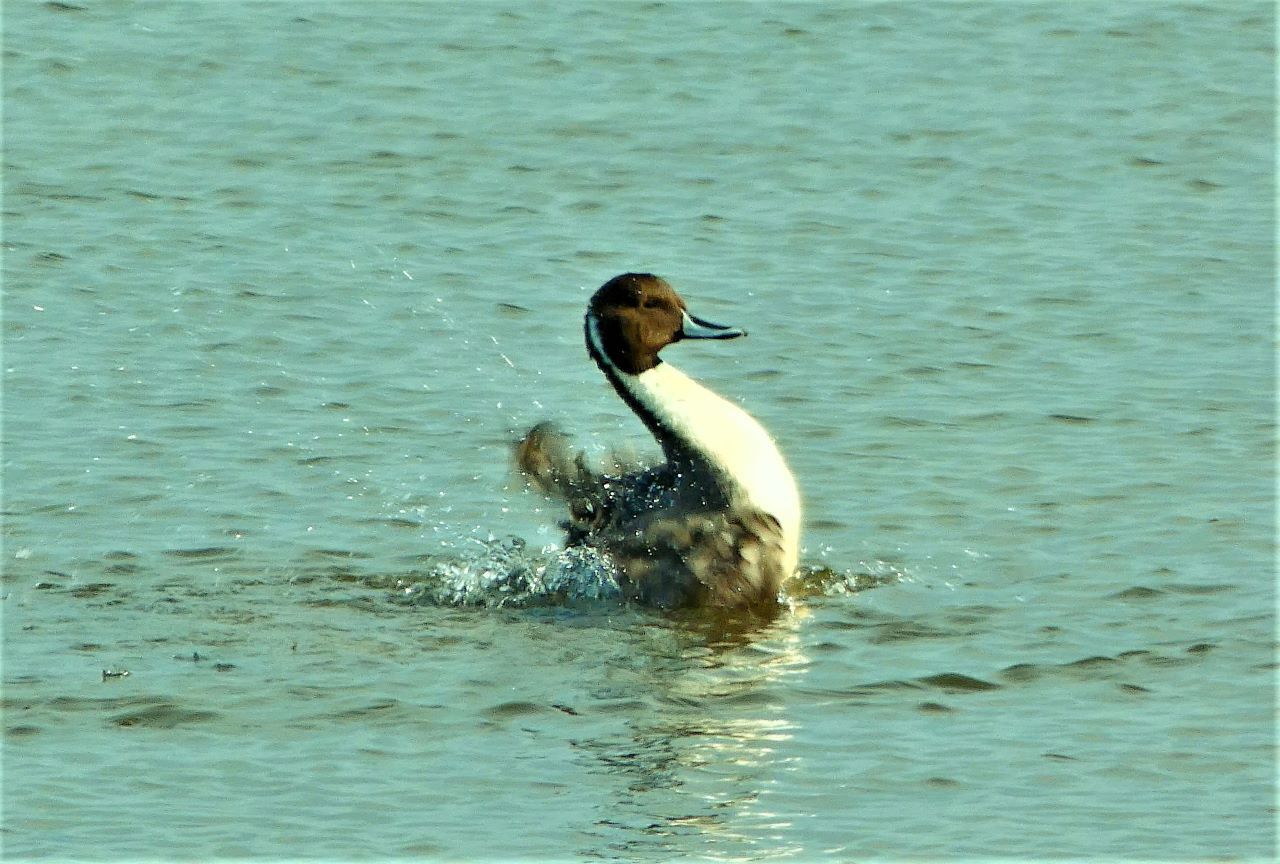

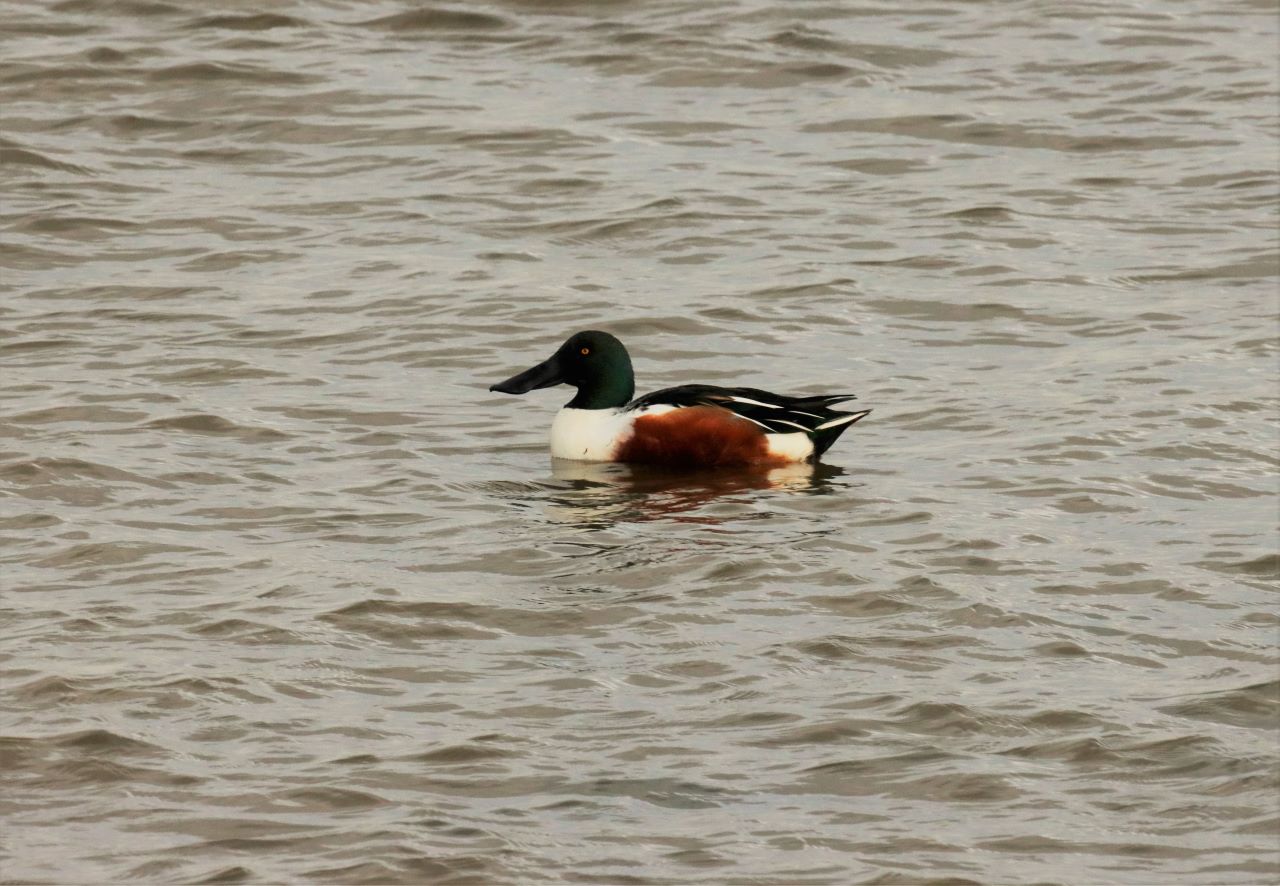

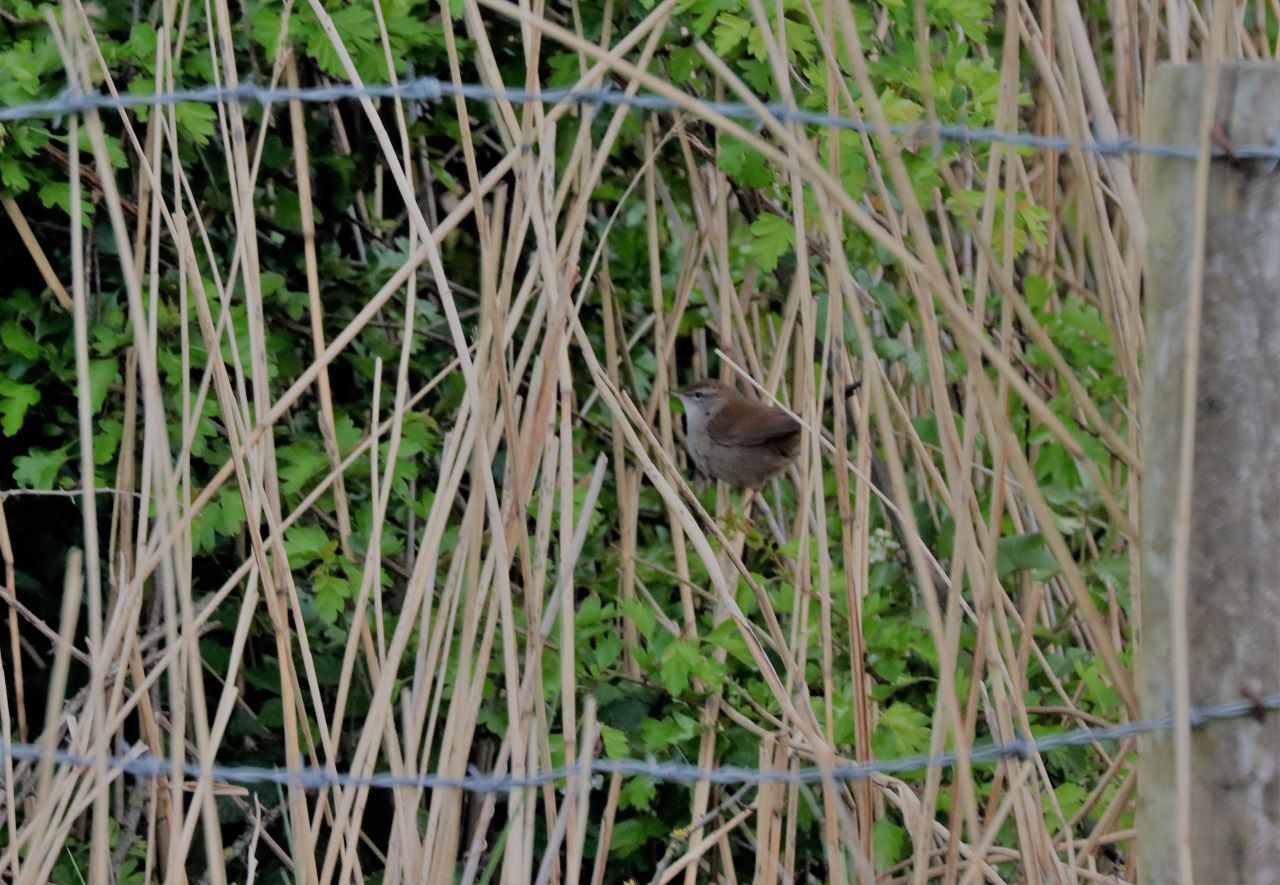
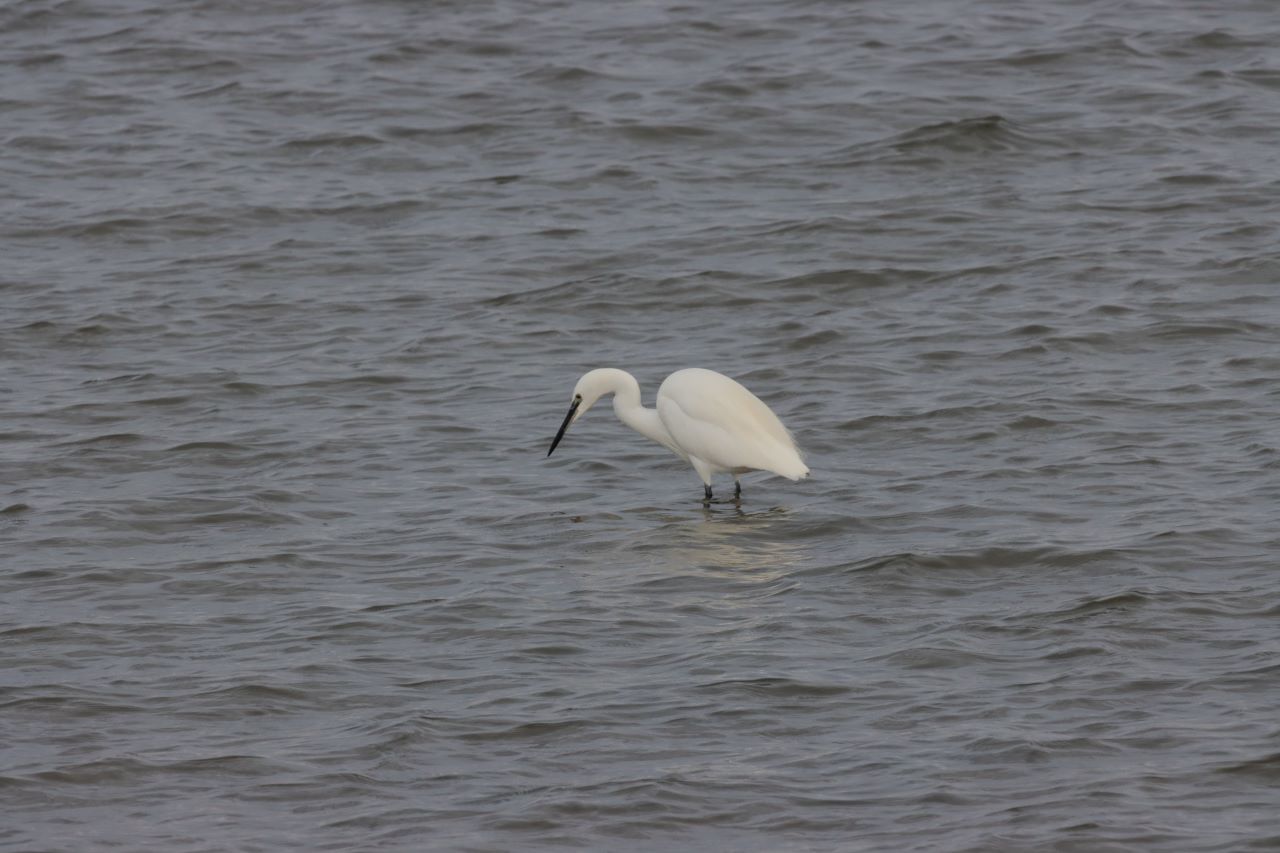


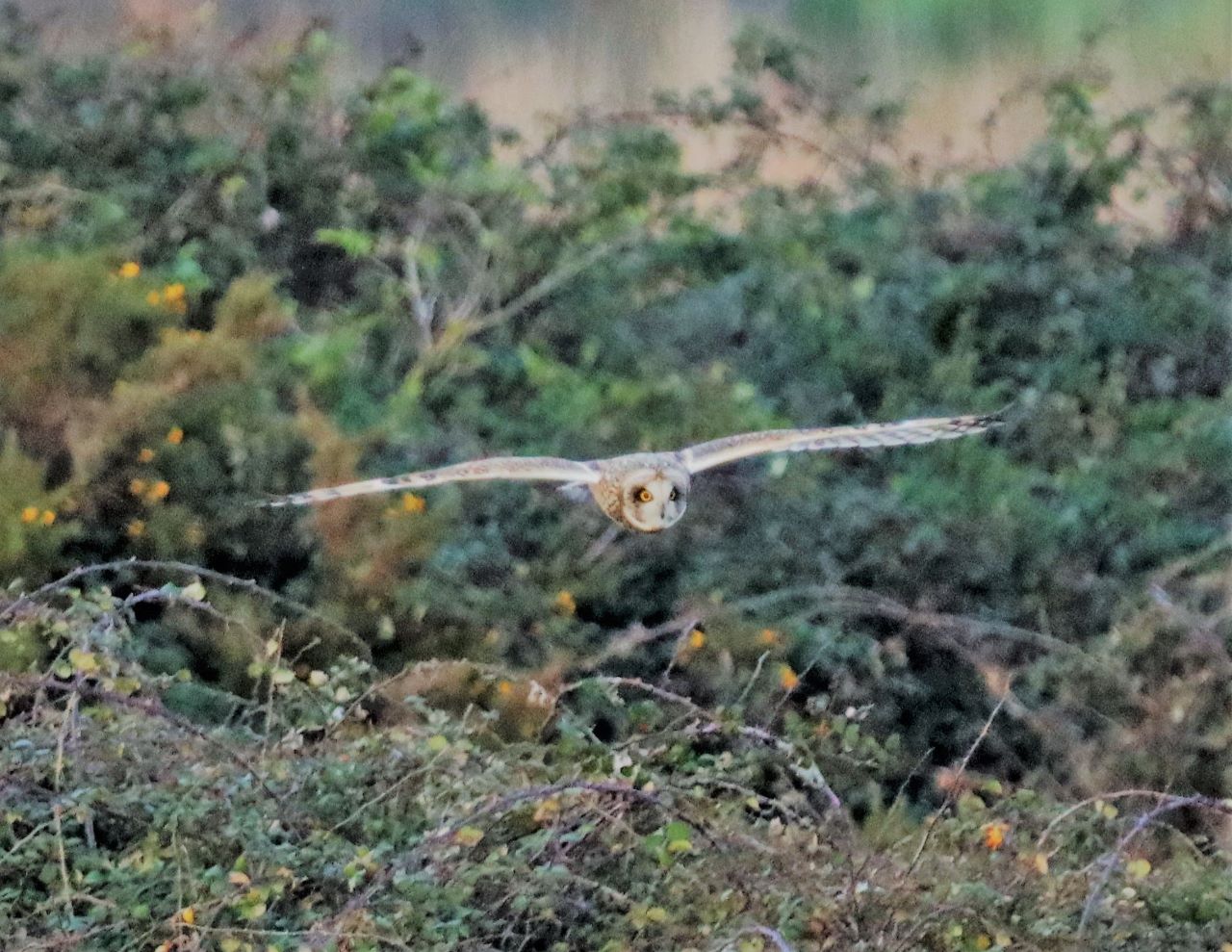
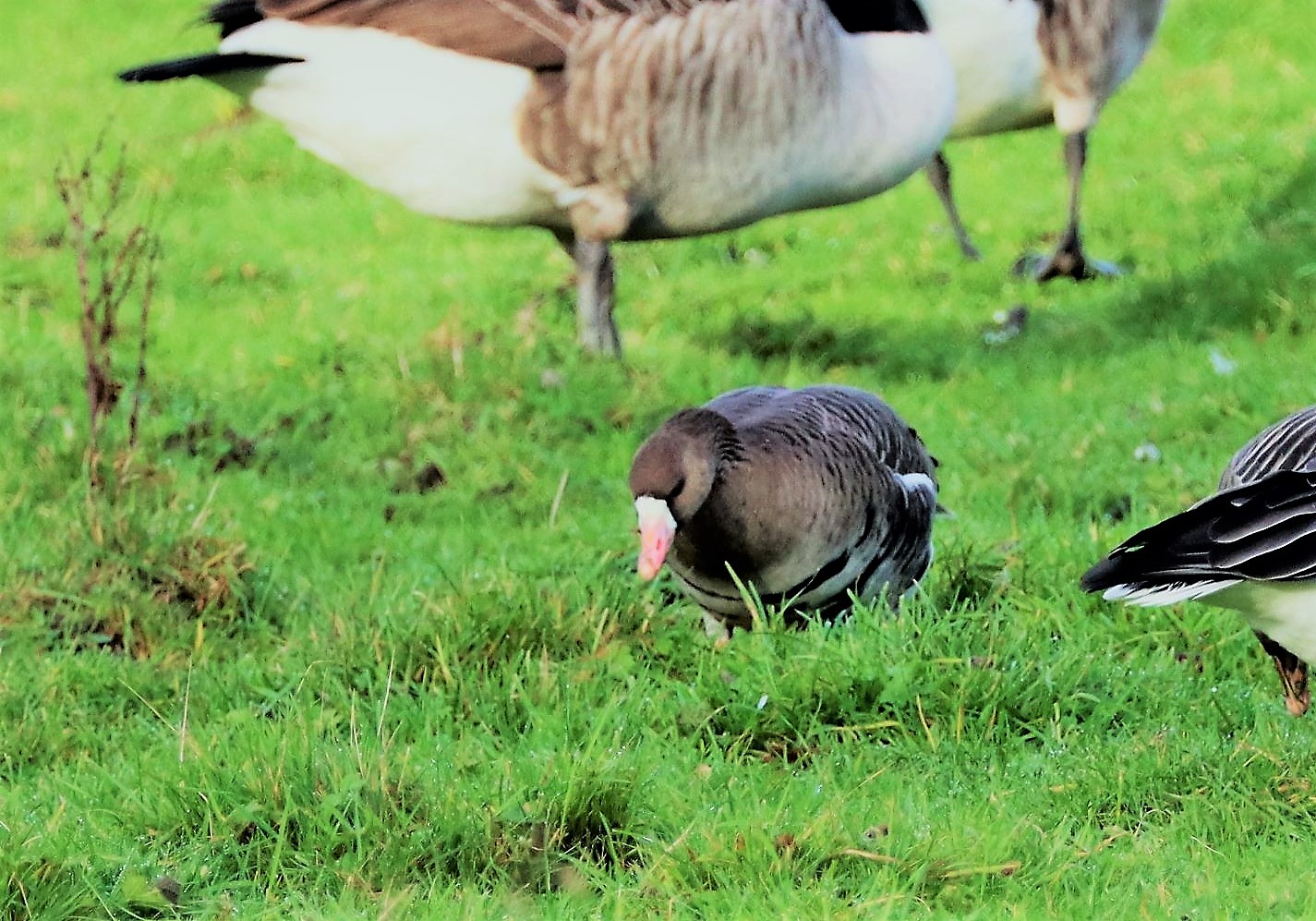
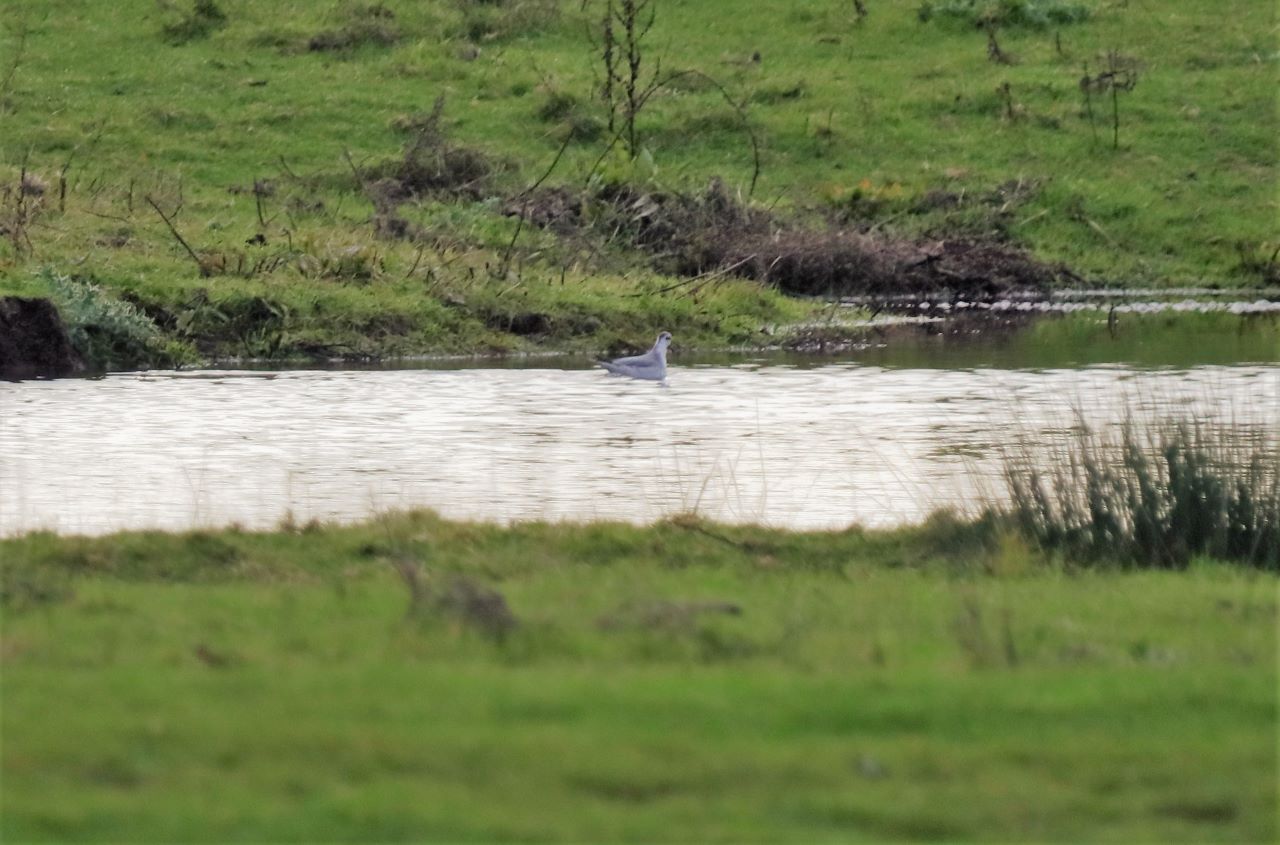
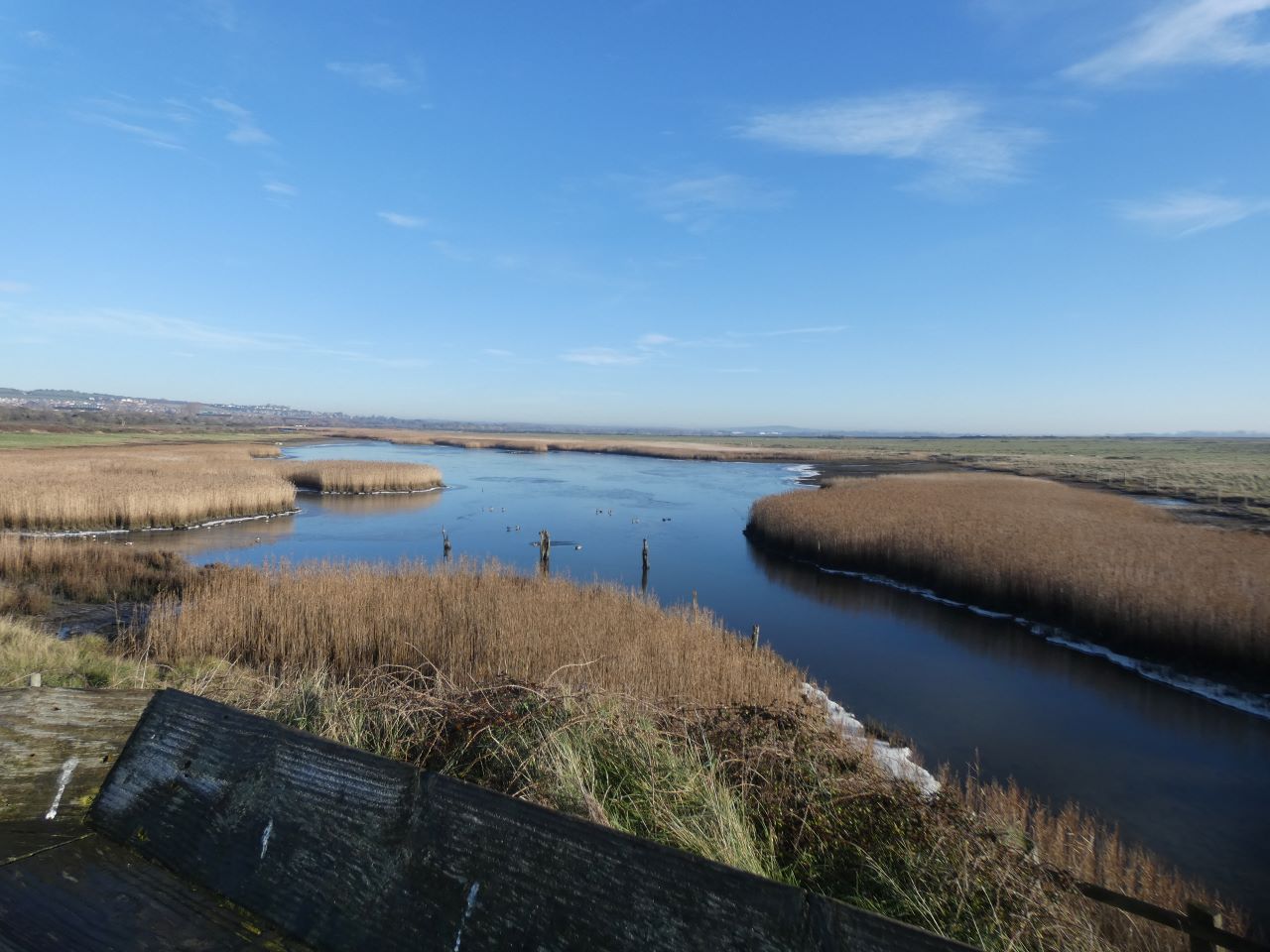

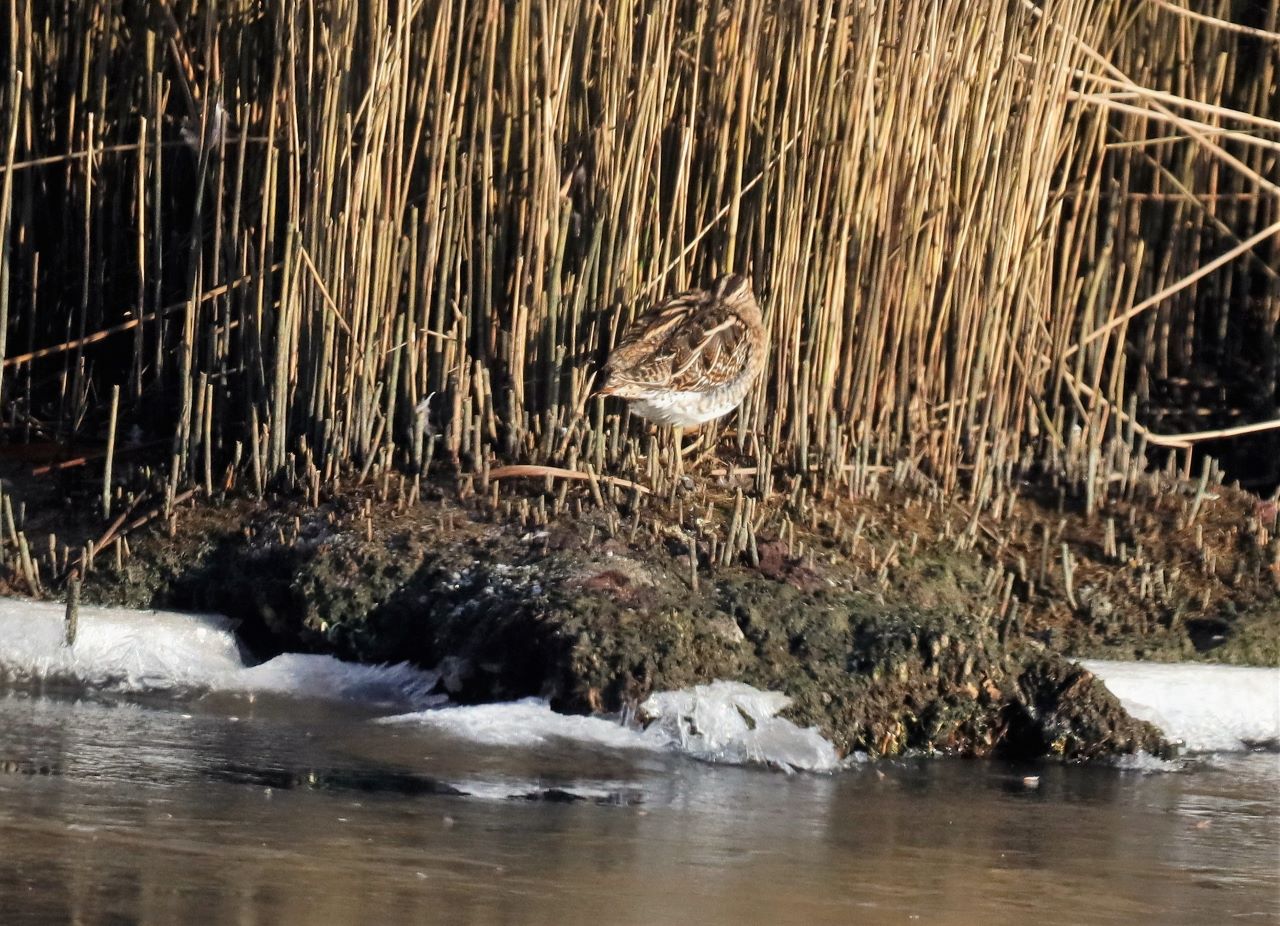
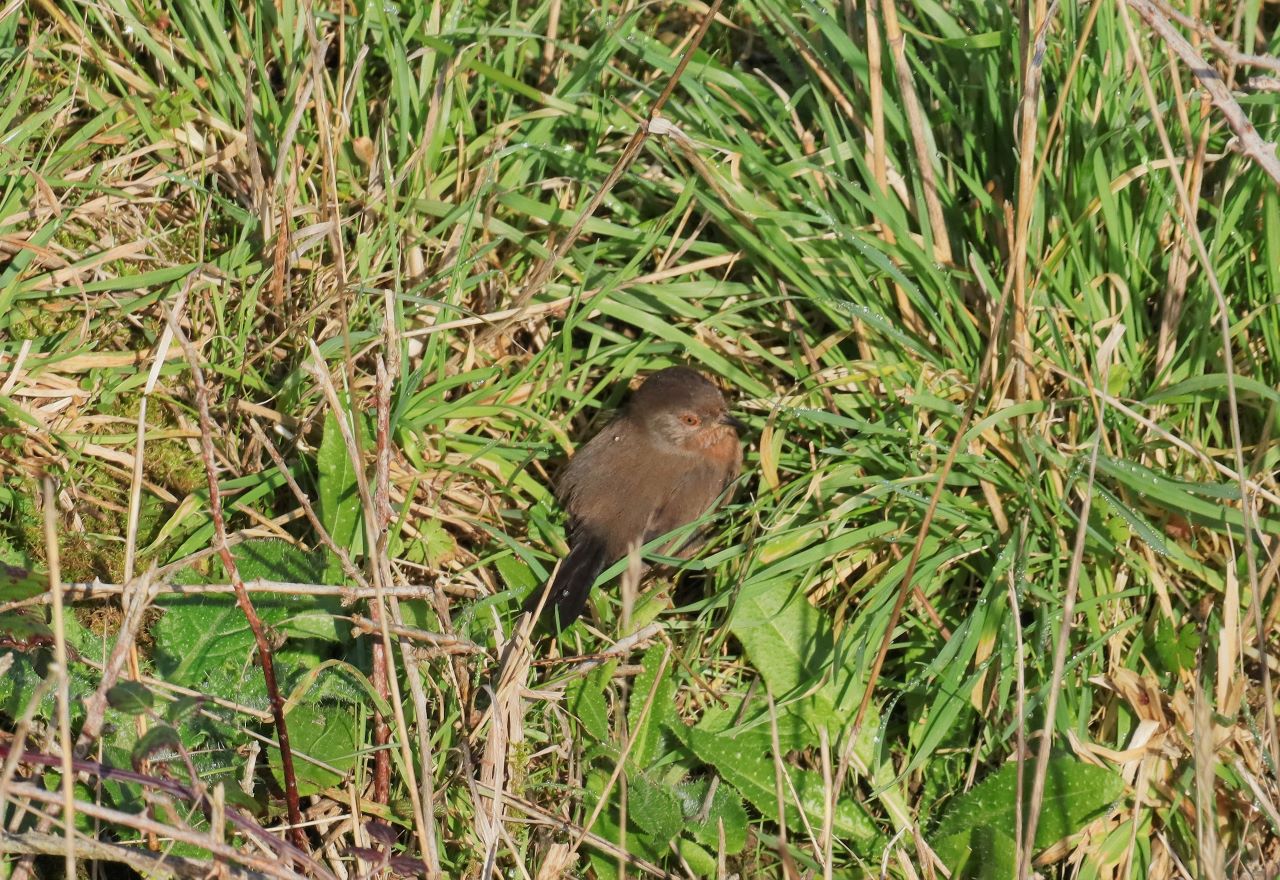


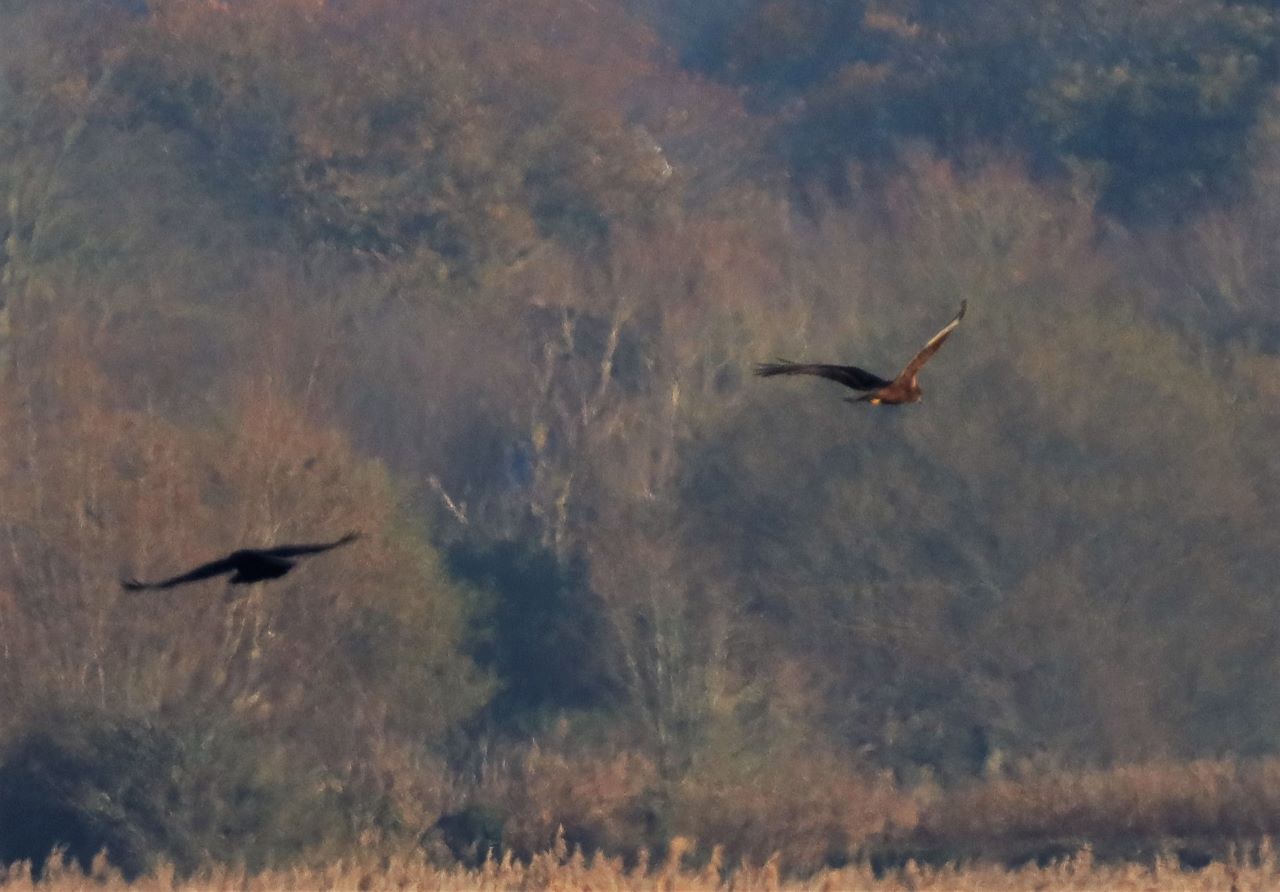
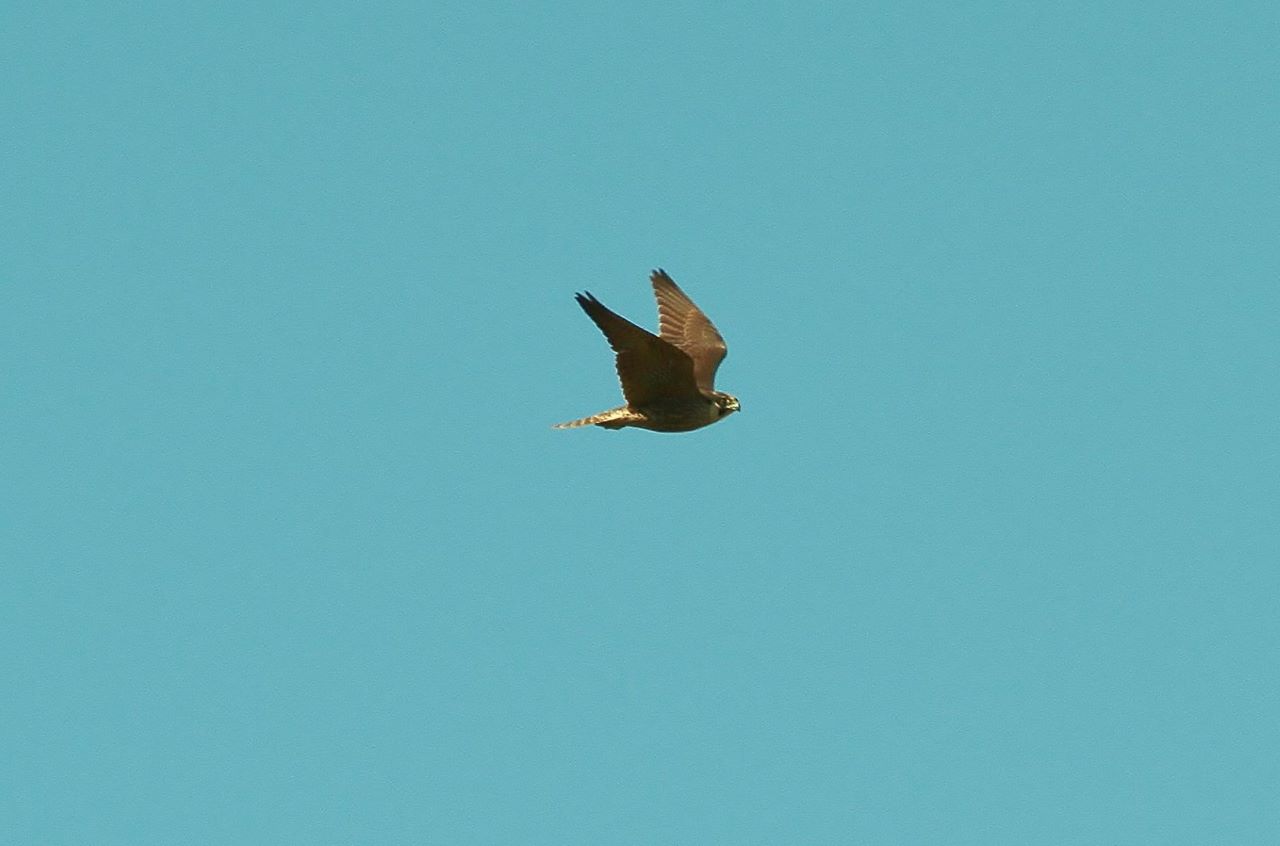
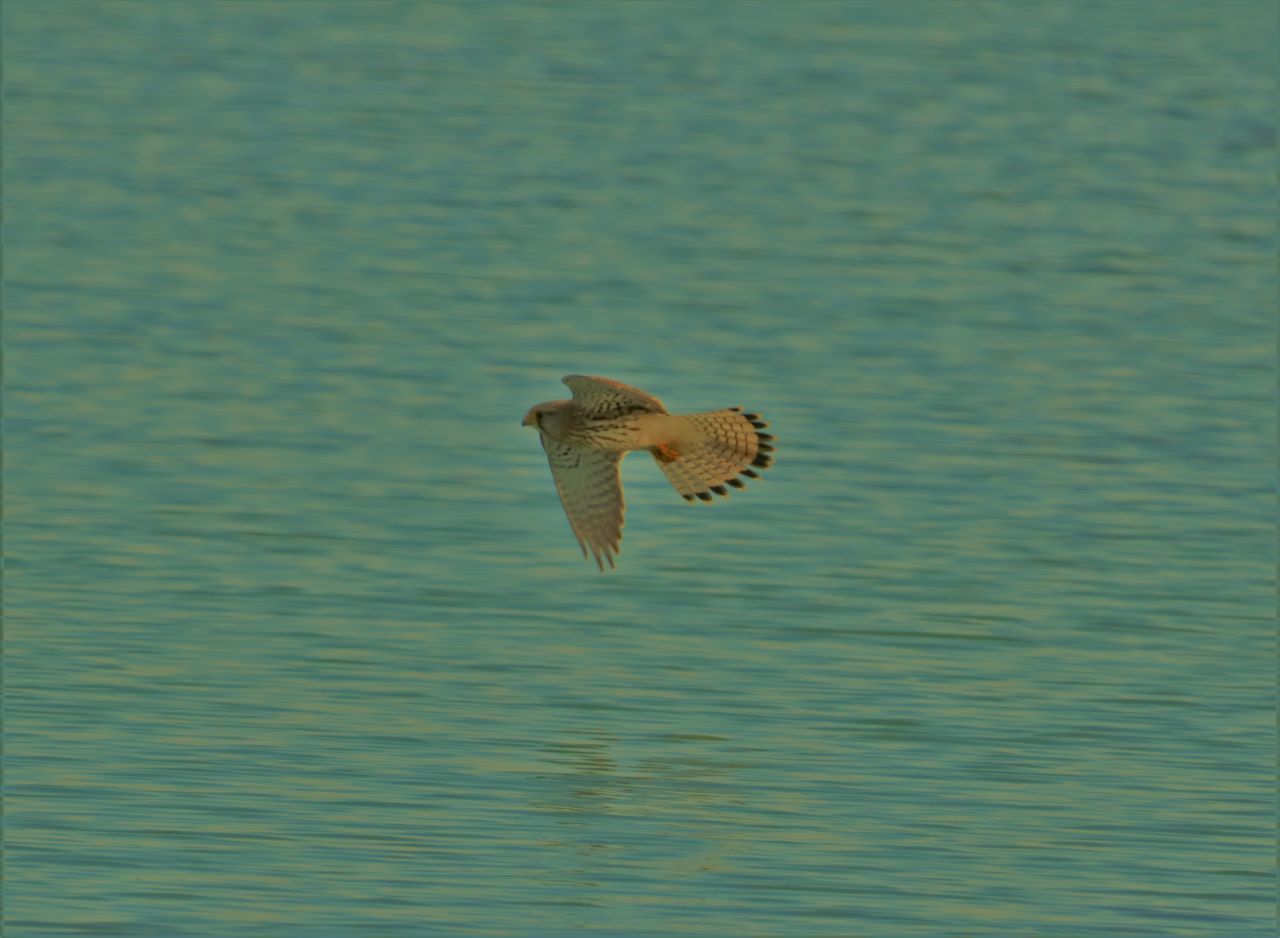
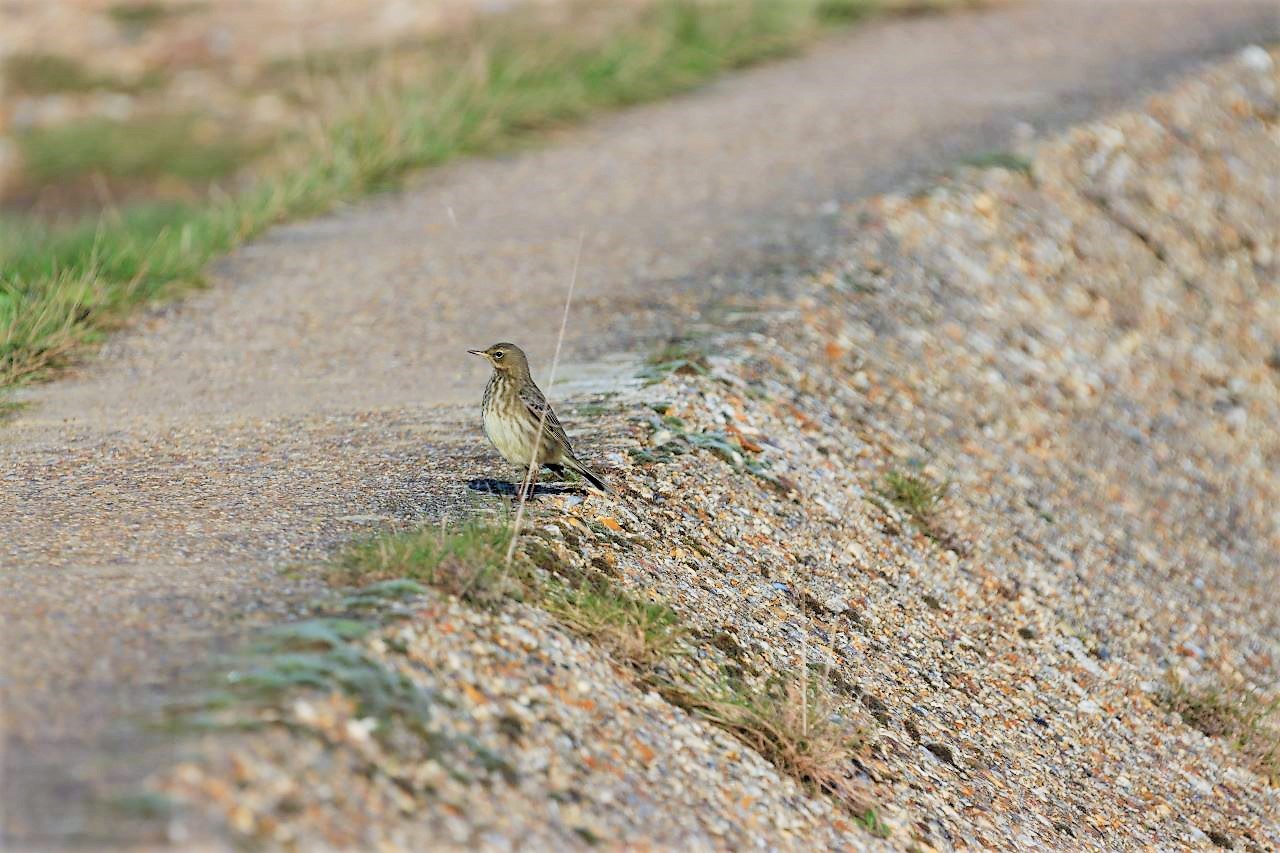








John Perkins
December 17, 2022 at 10:16 am
There was a greater spotted woodpecker on our bird feeder for quite some time this morning. I had thought they only ate insects.
It flew off the moment I got the camera out!